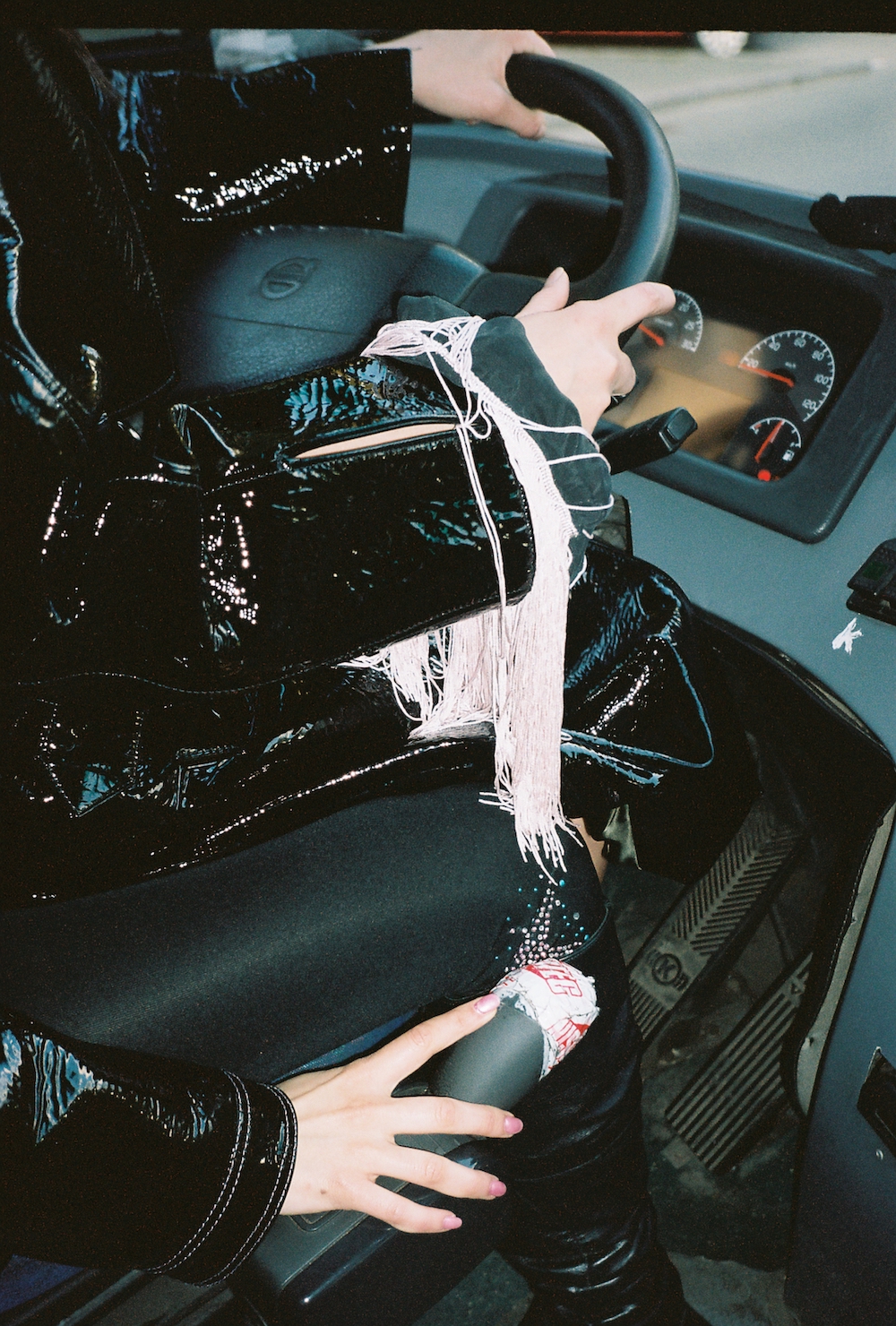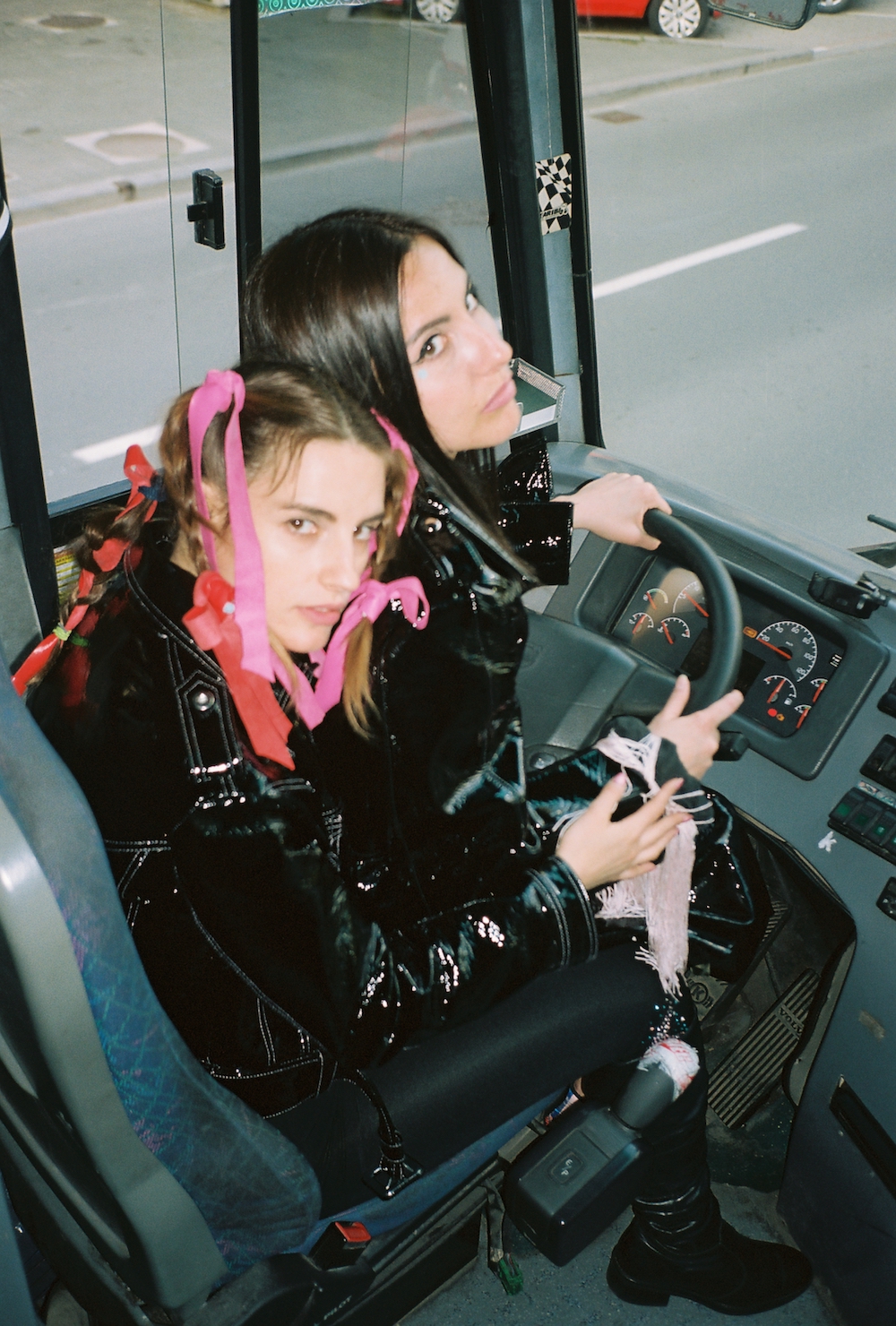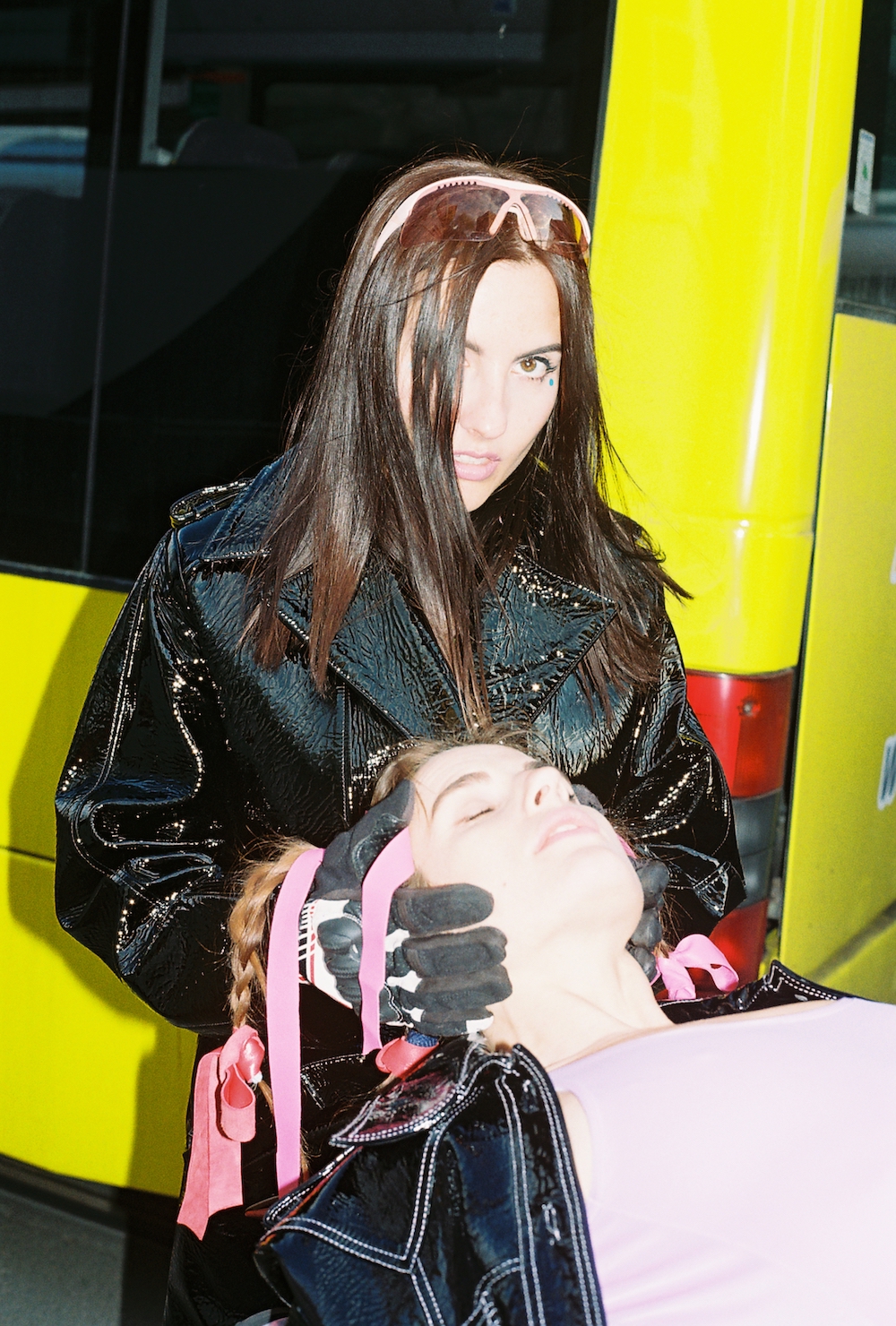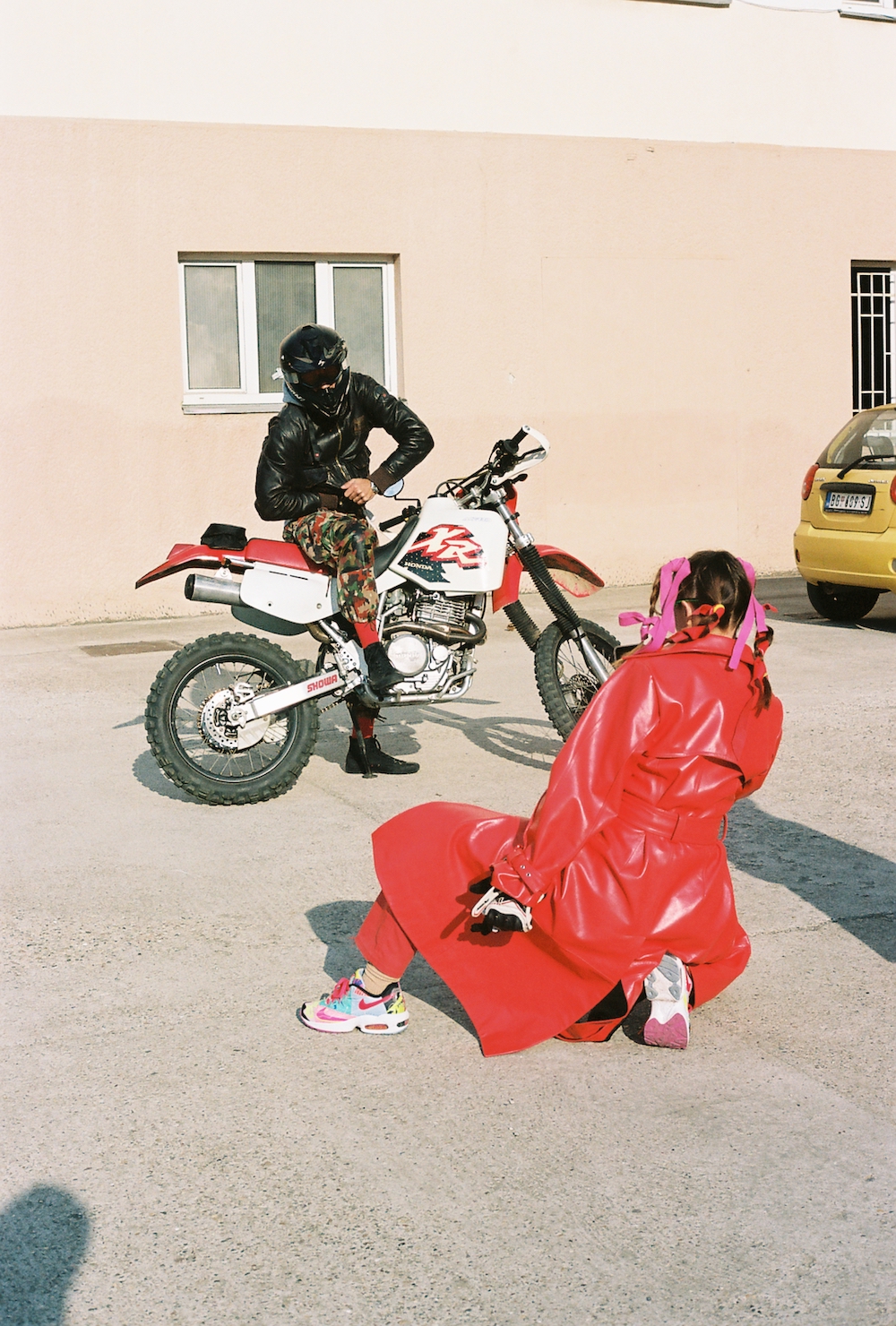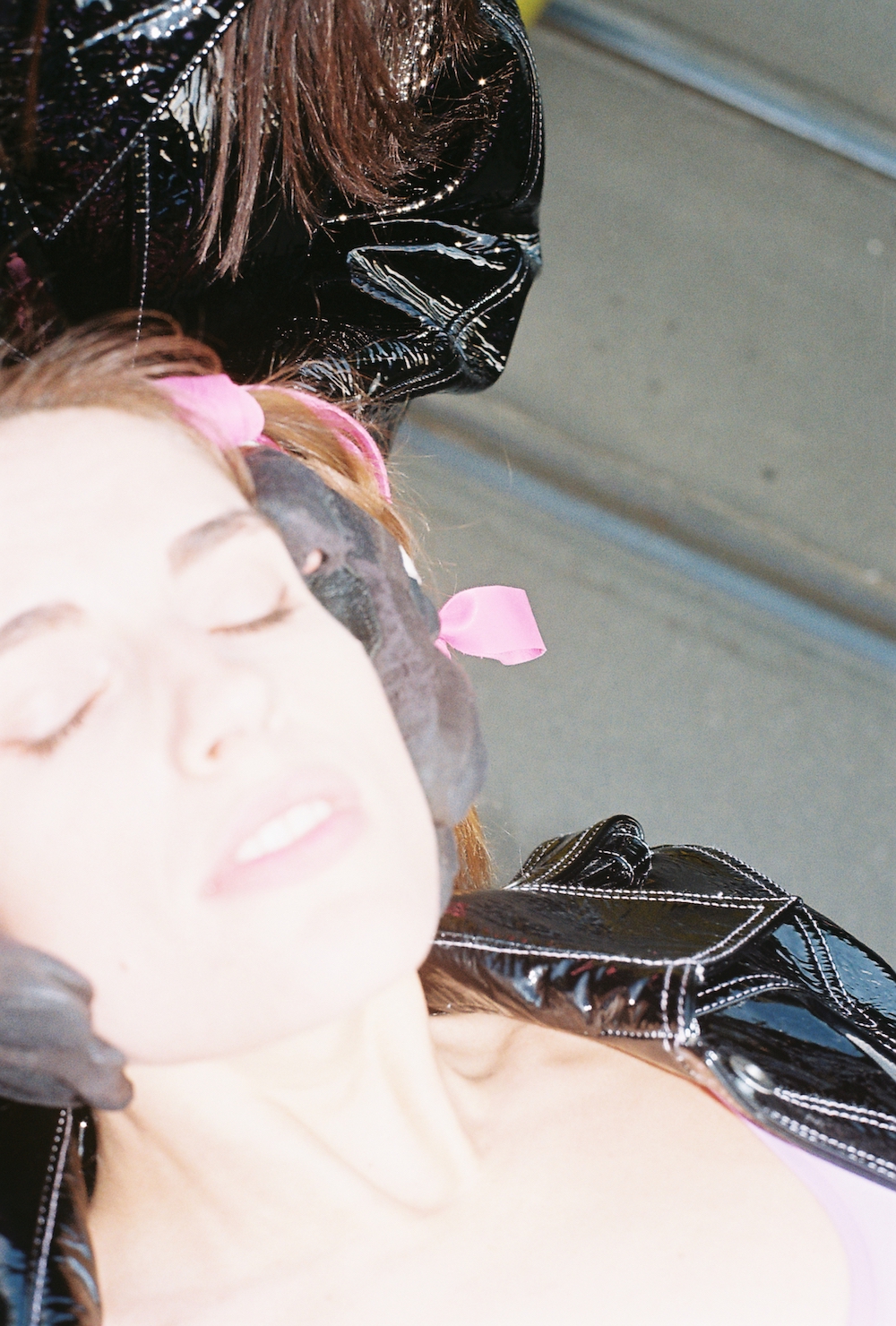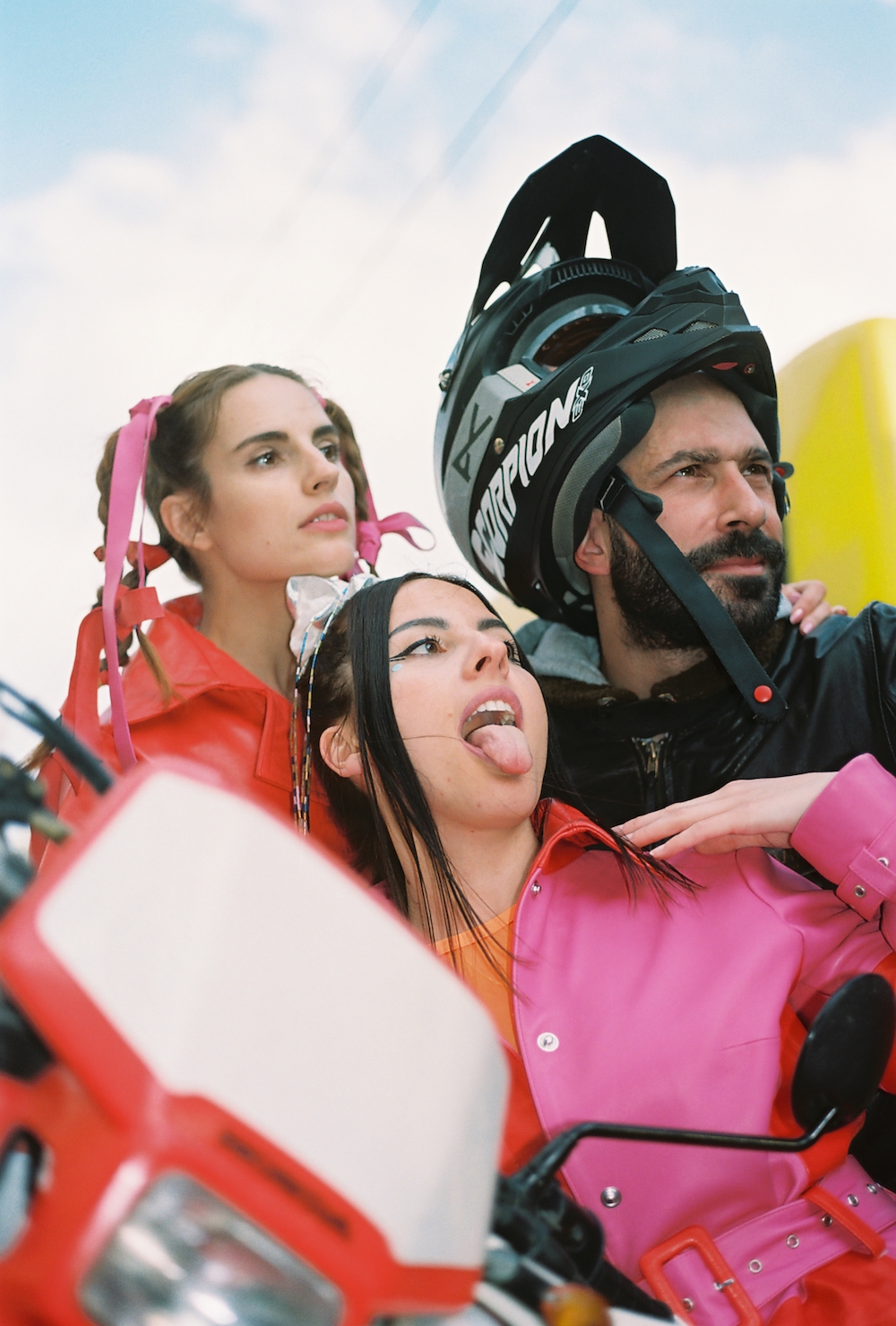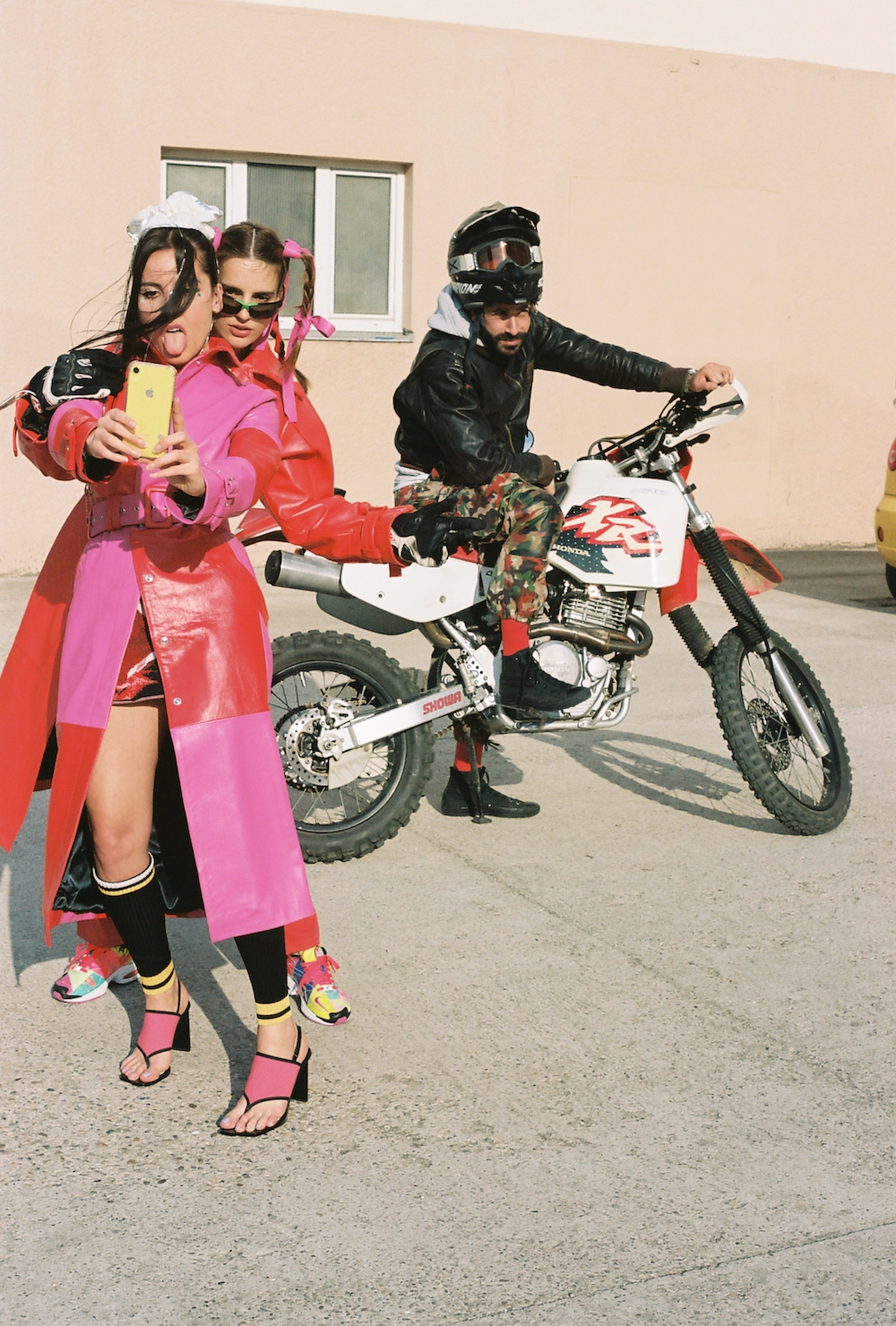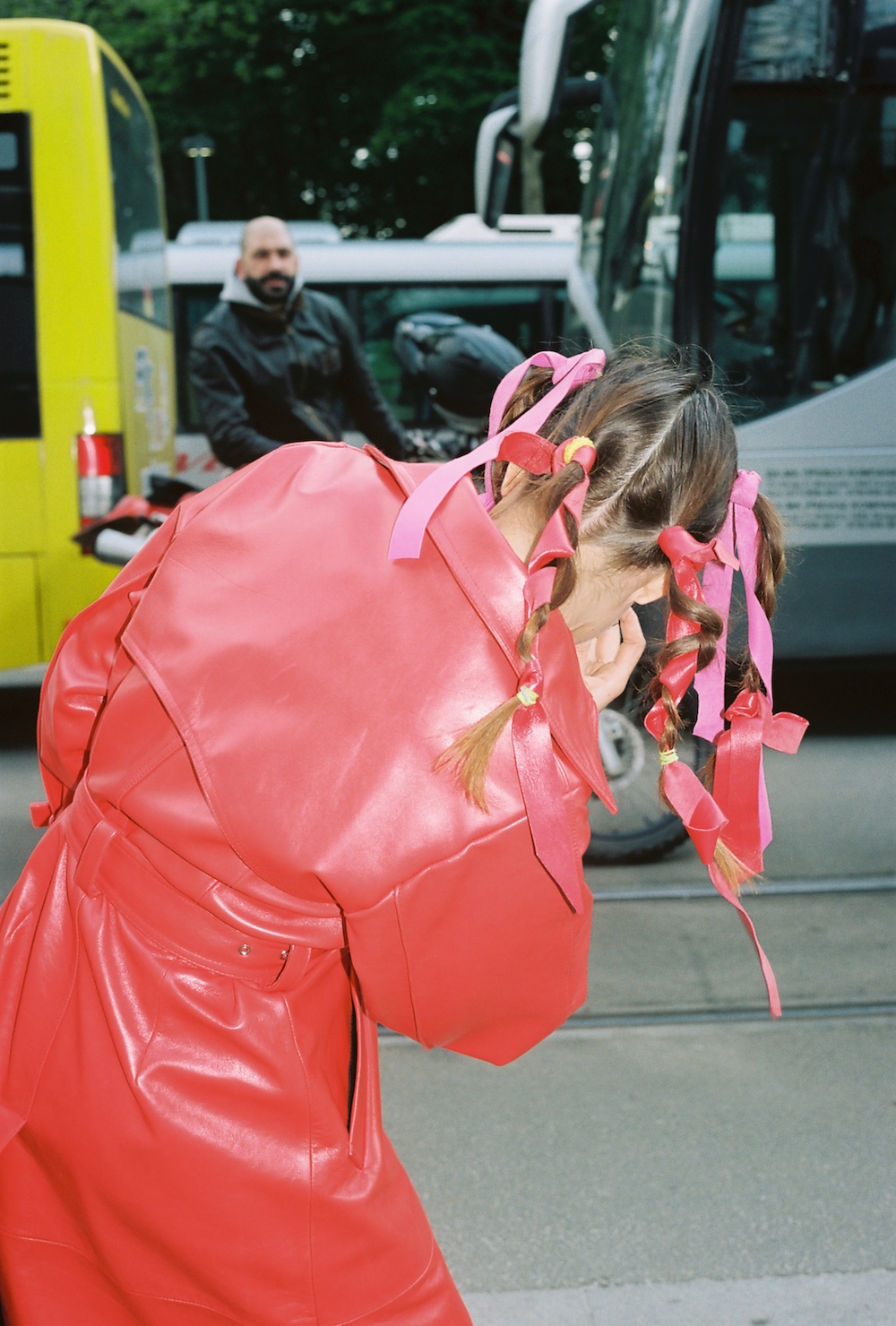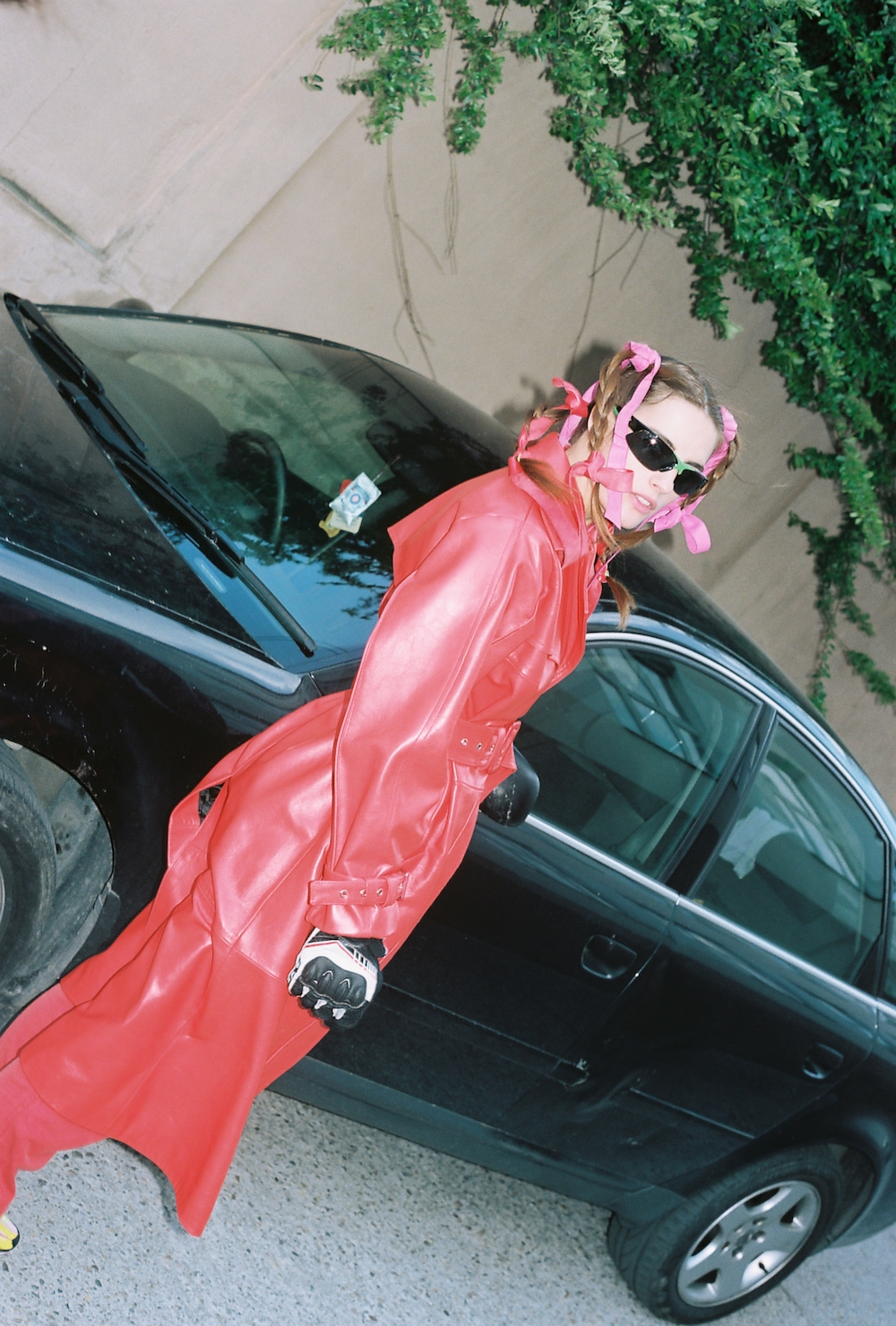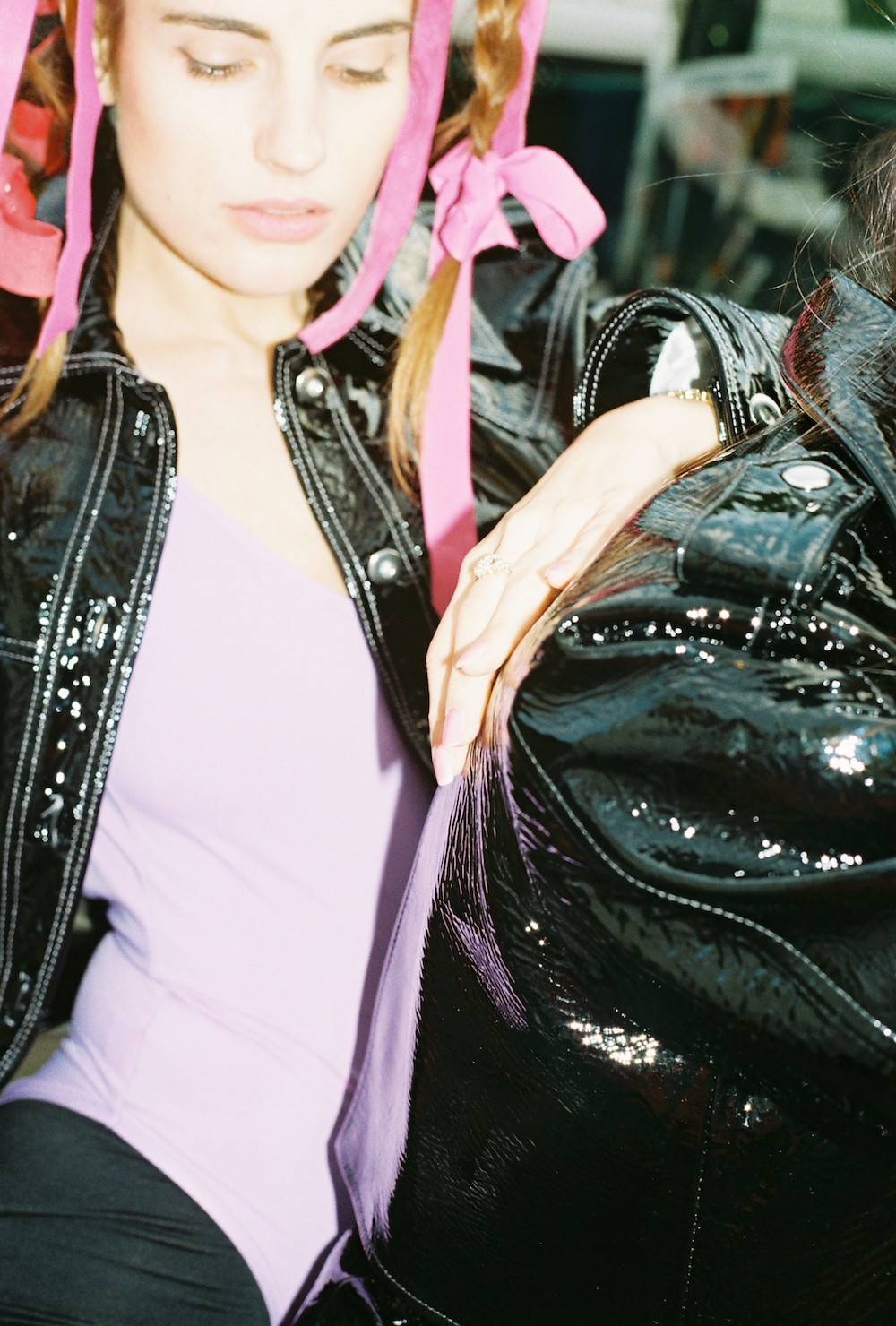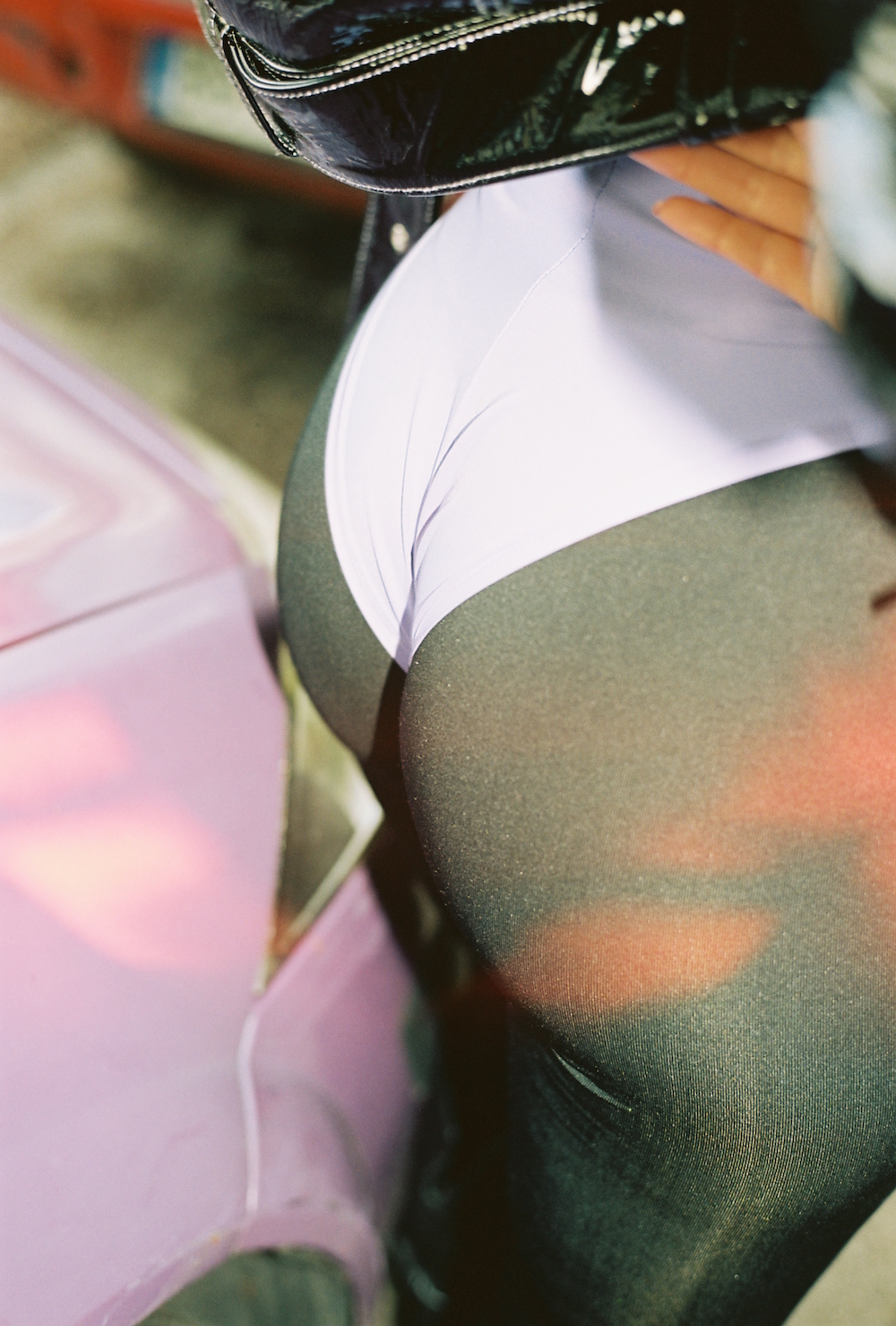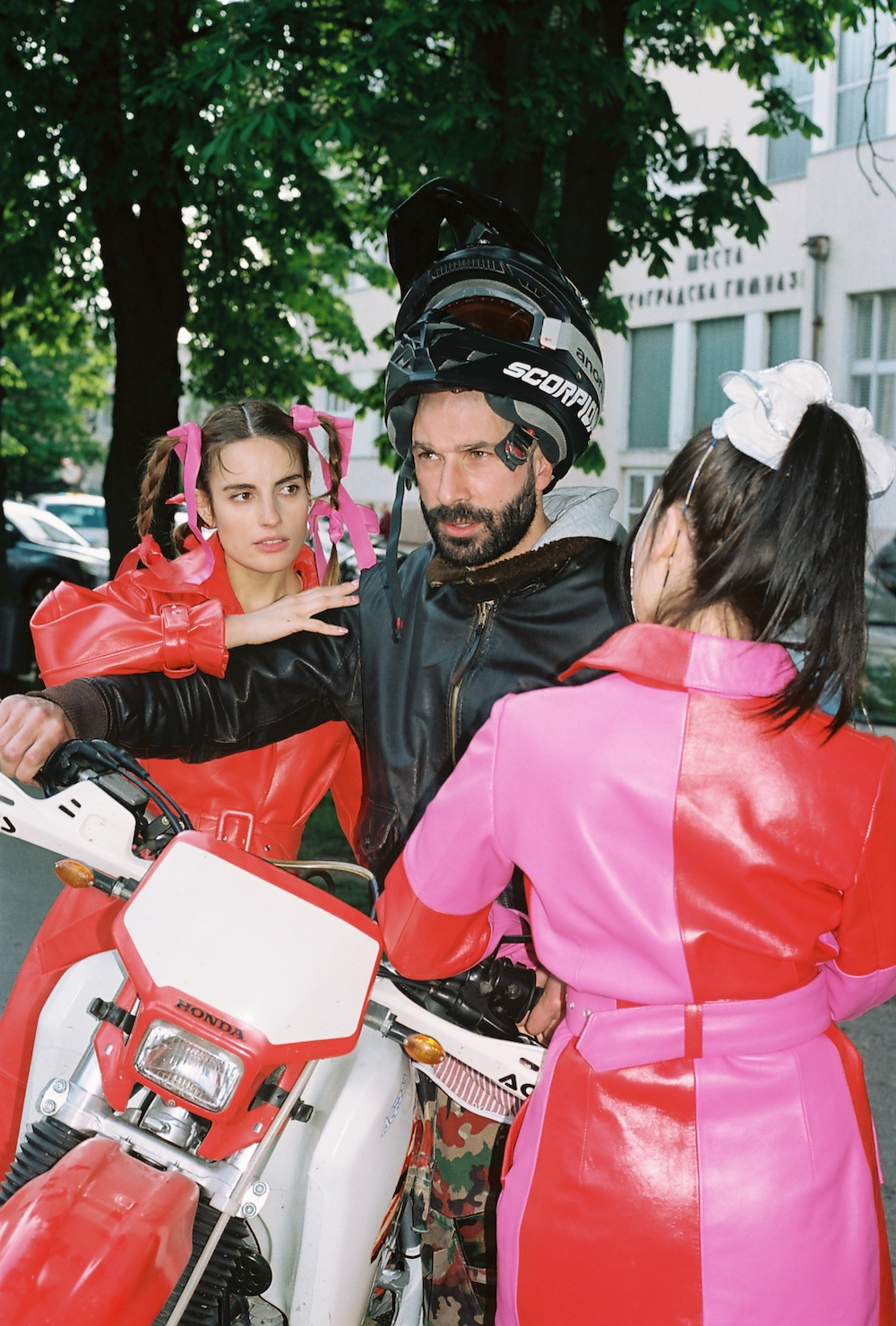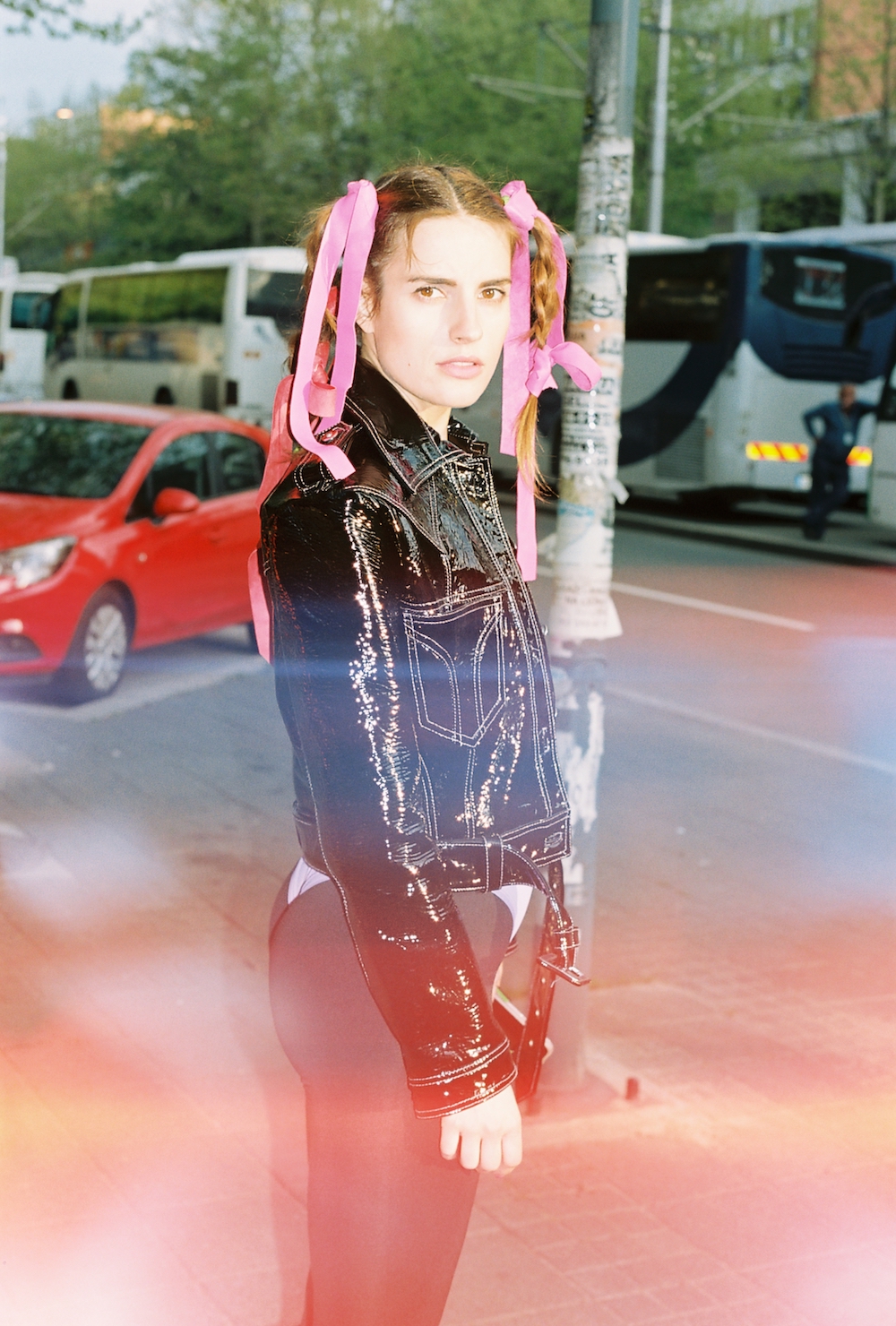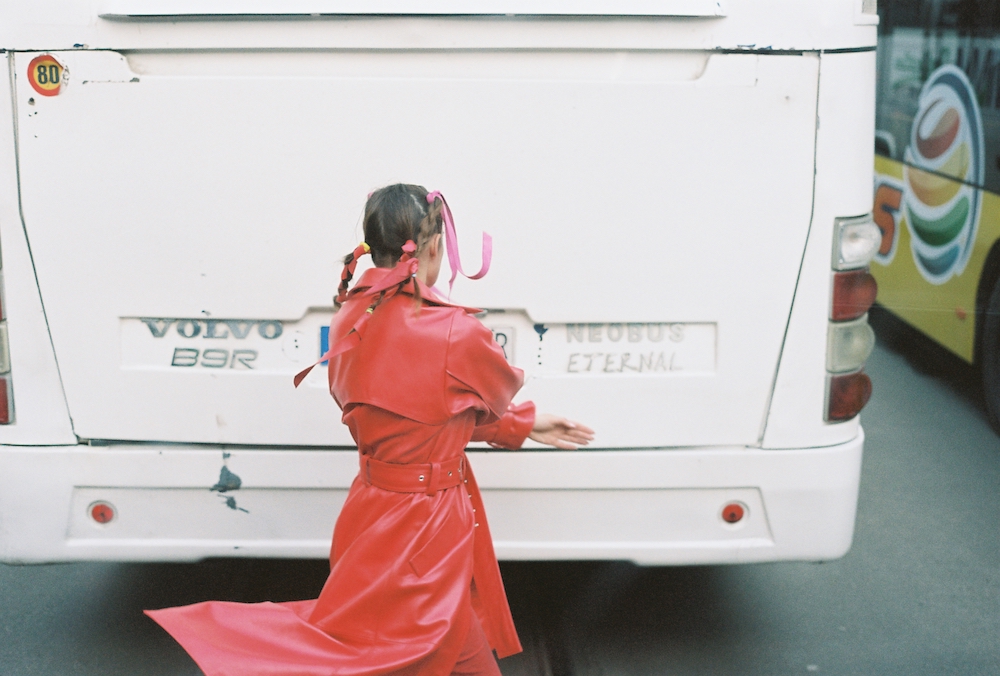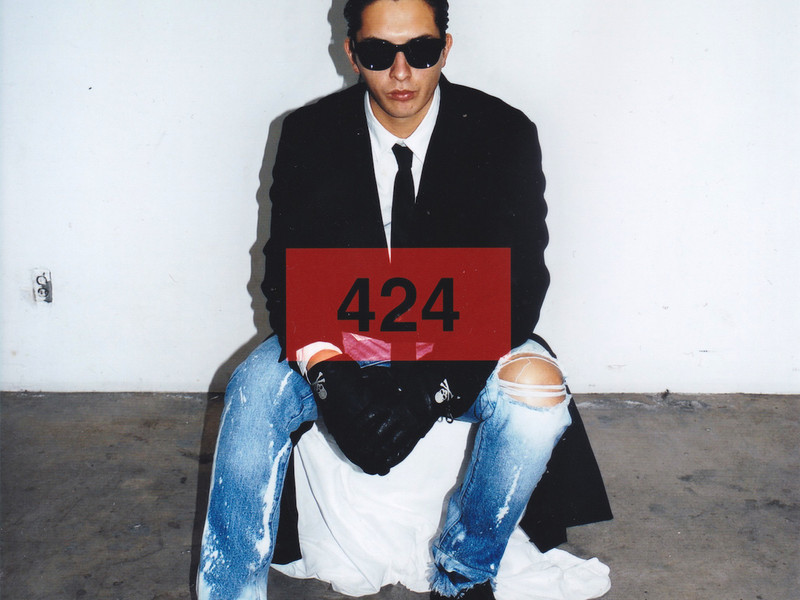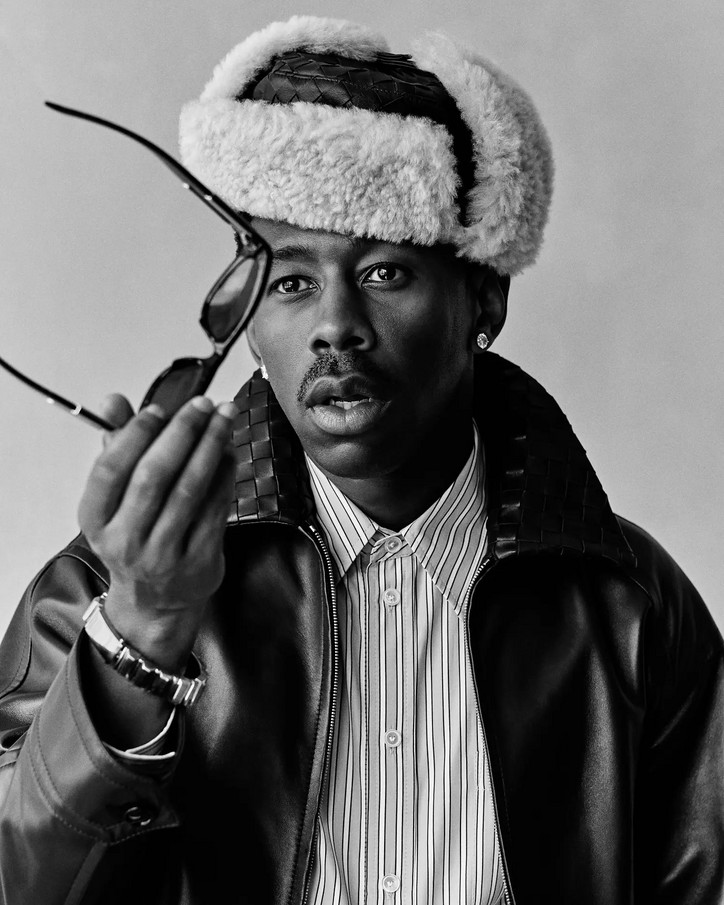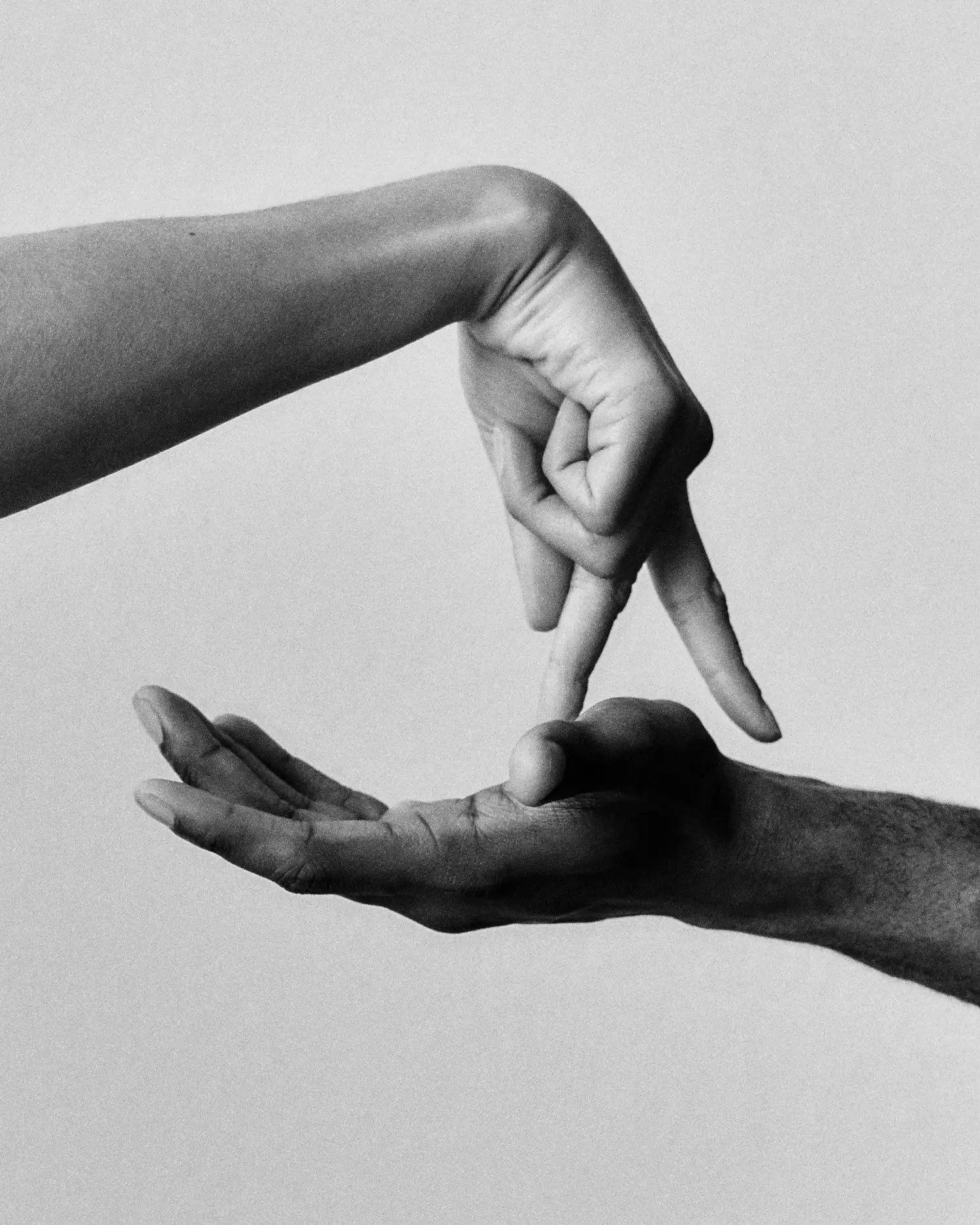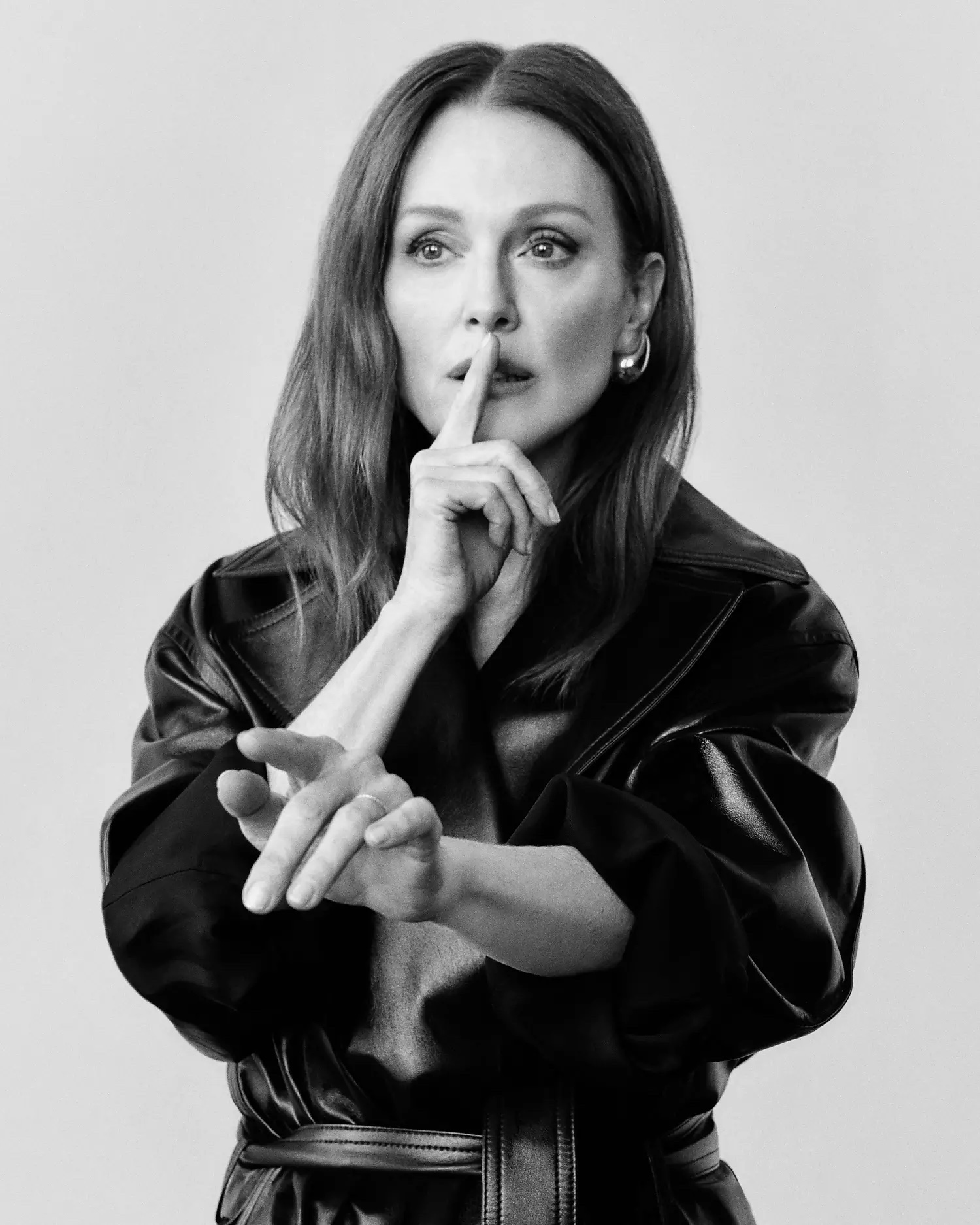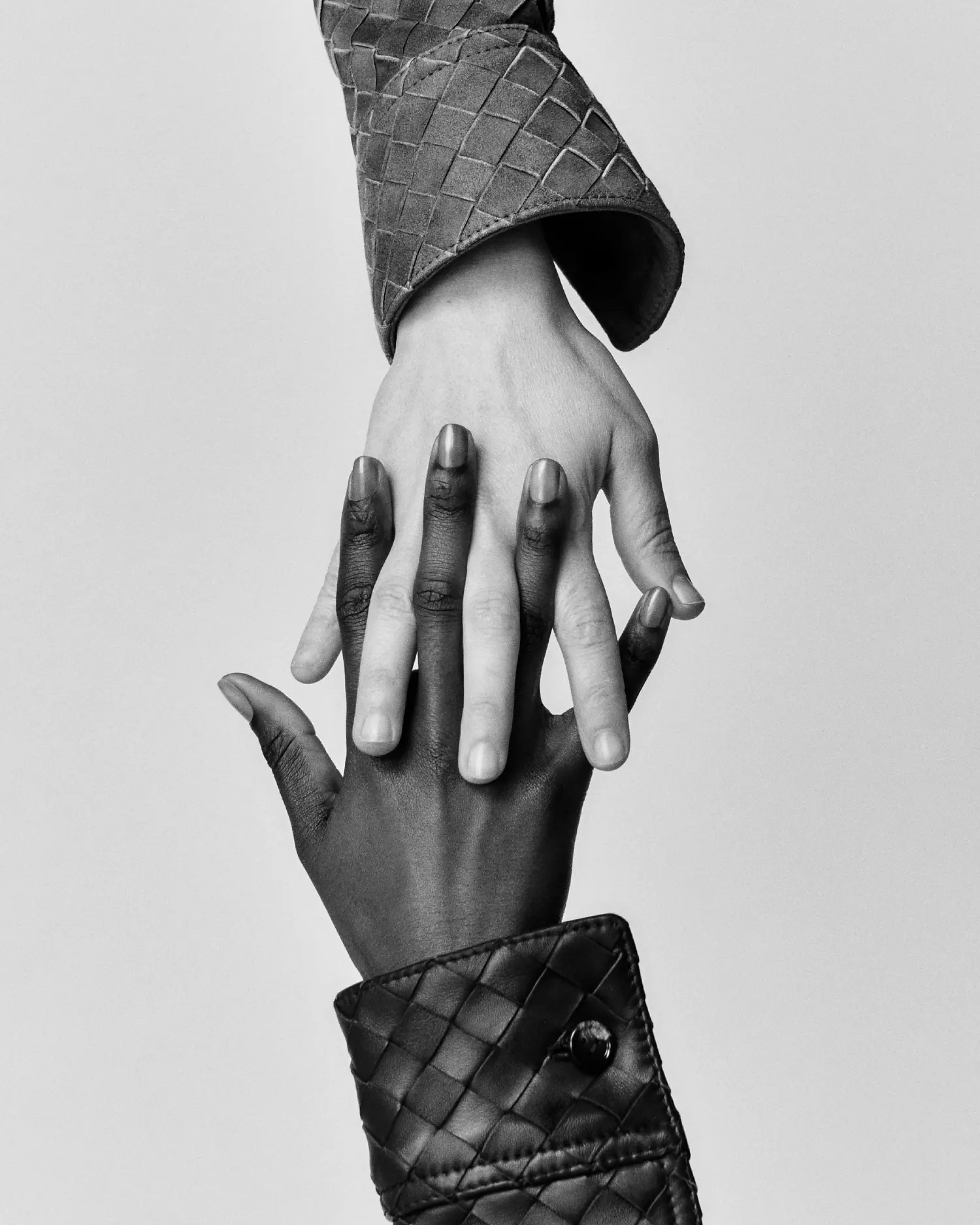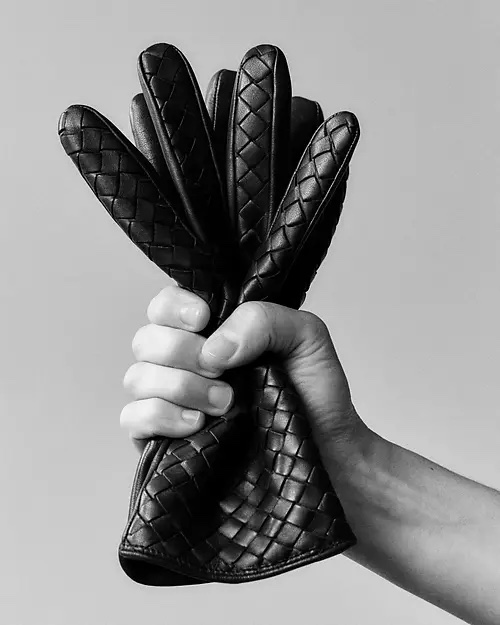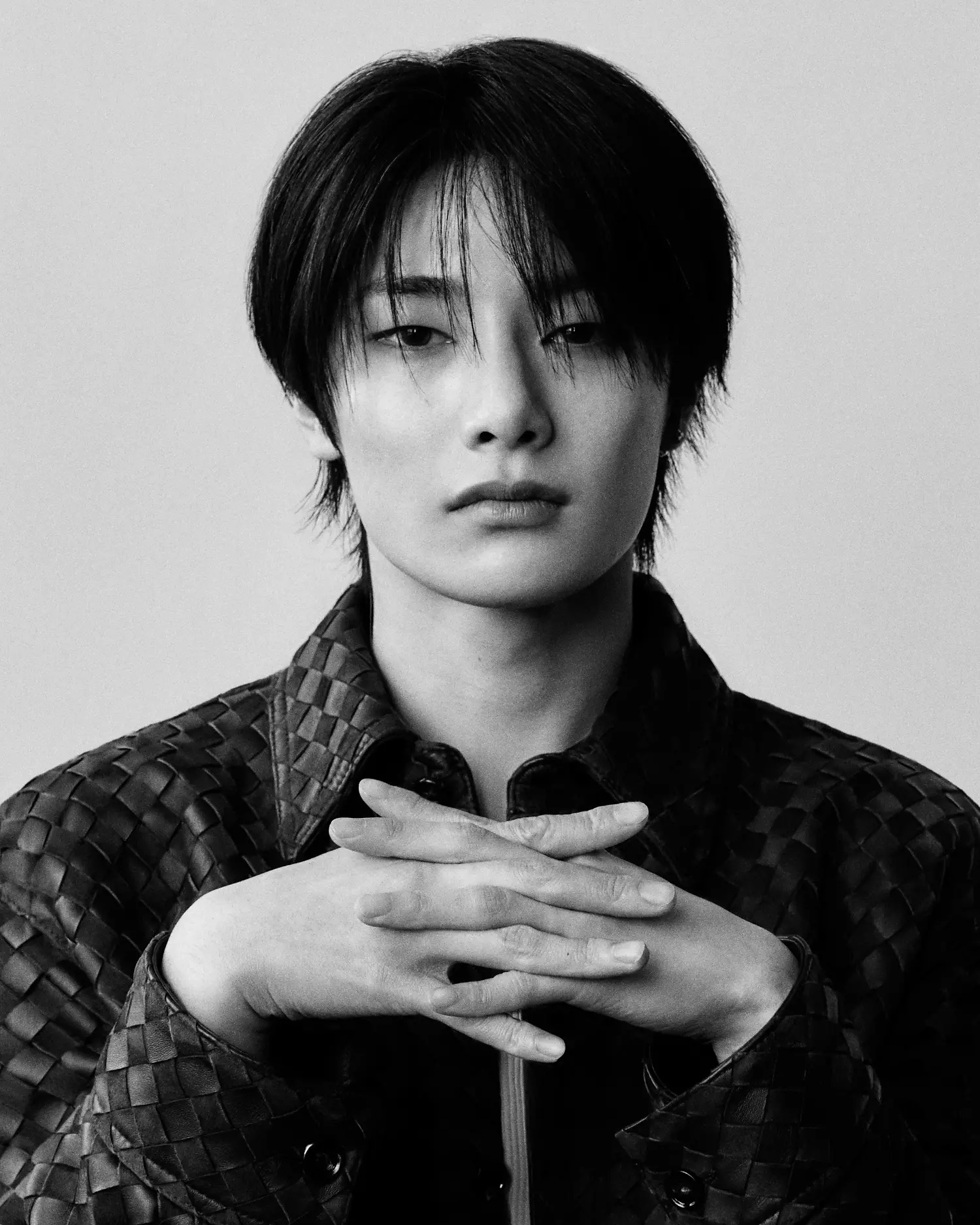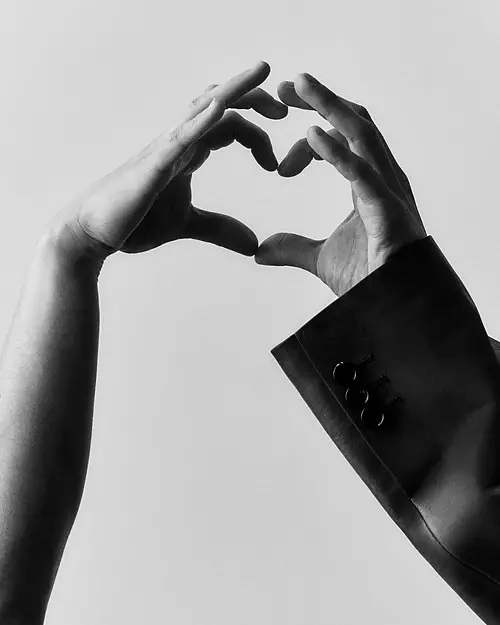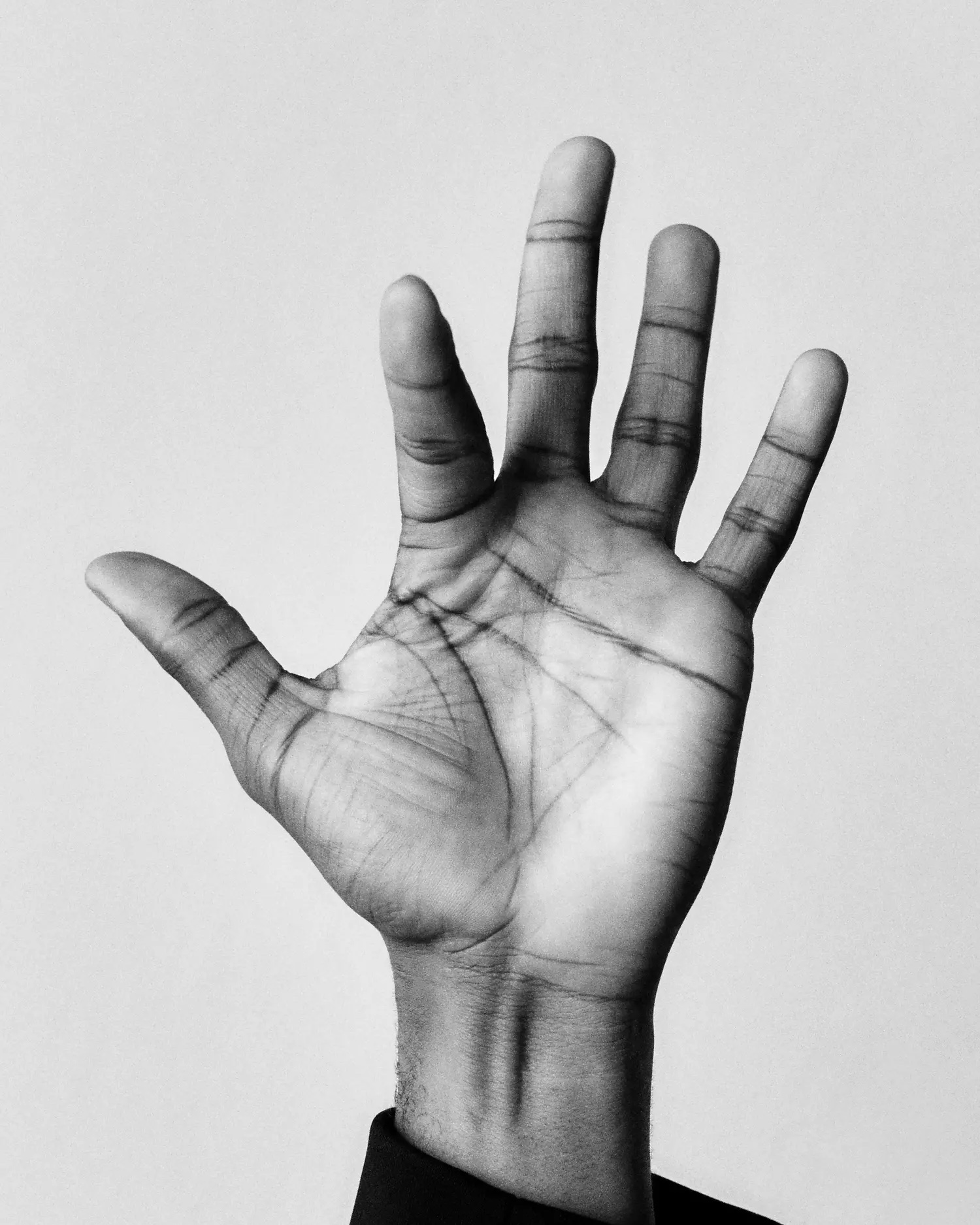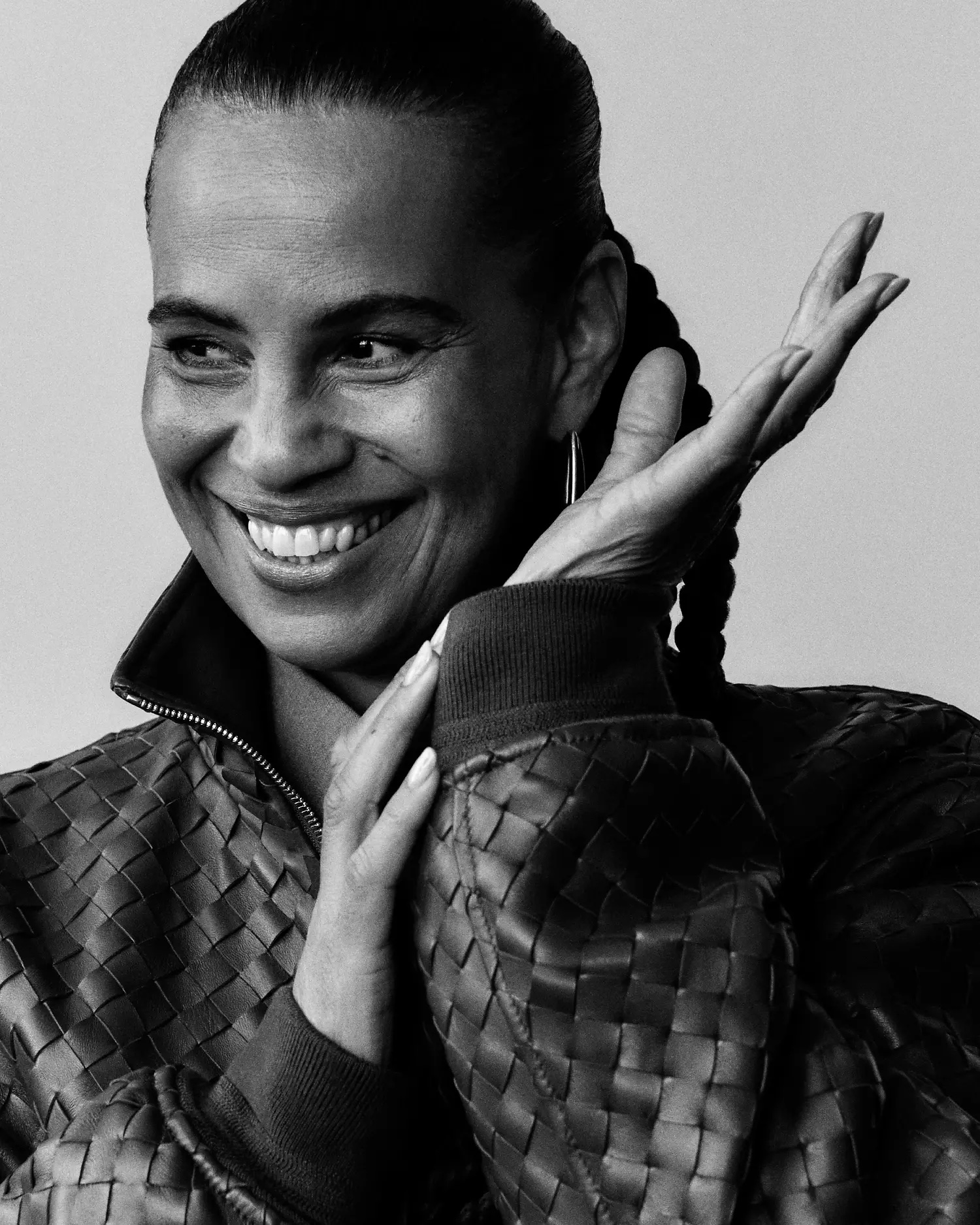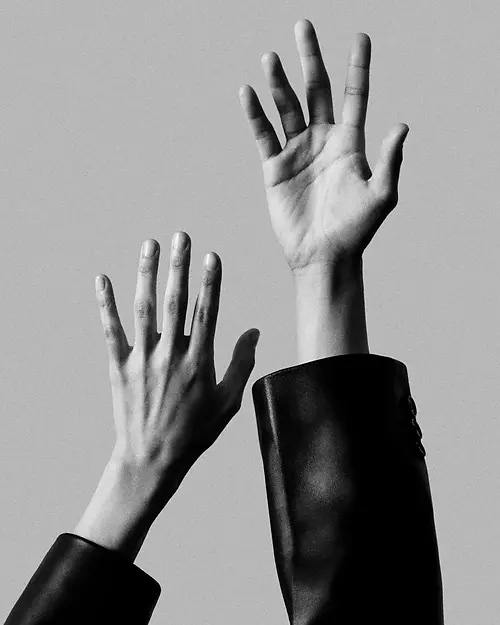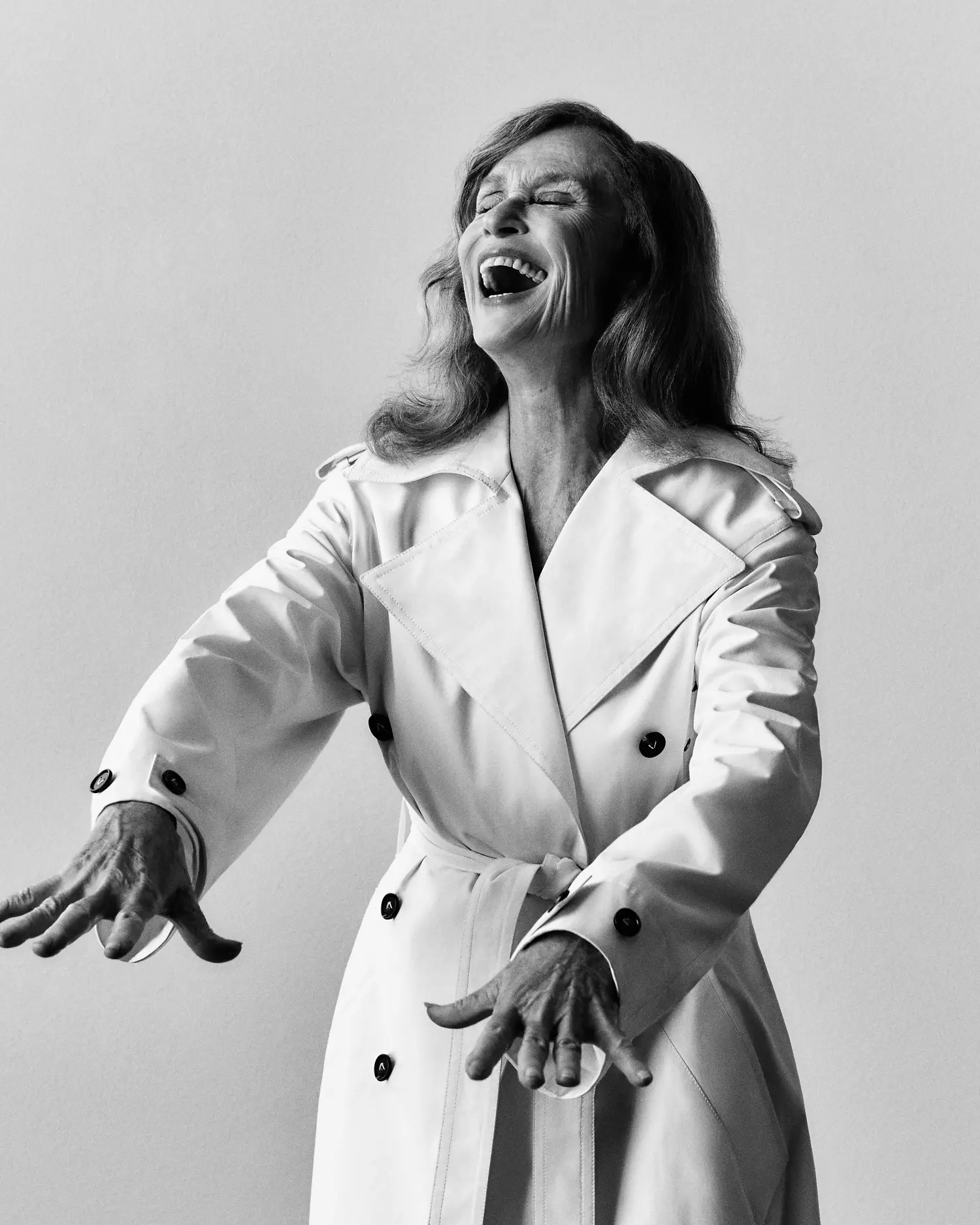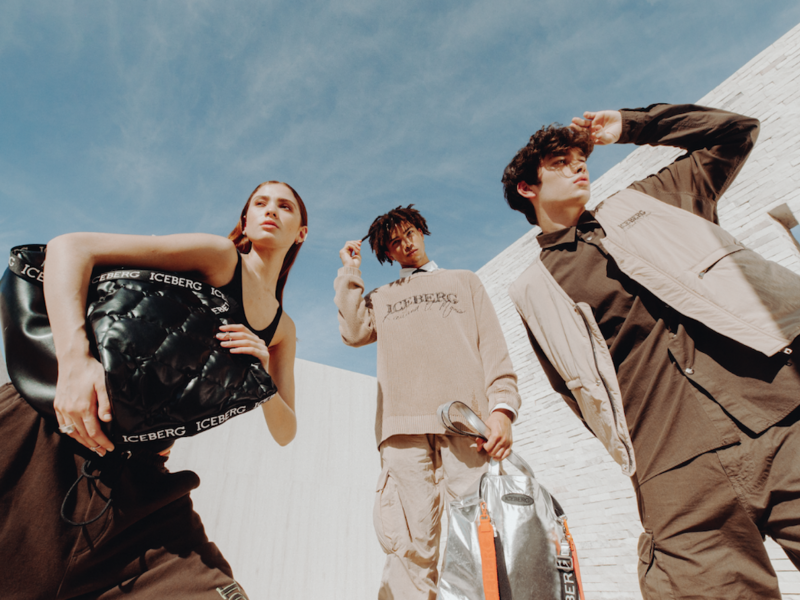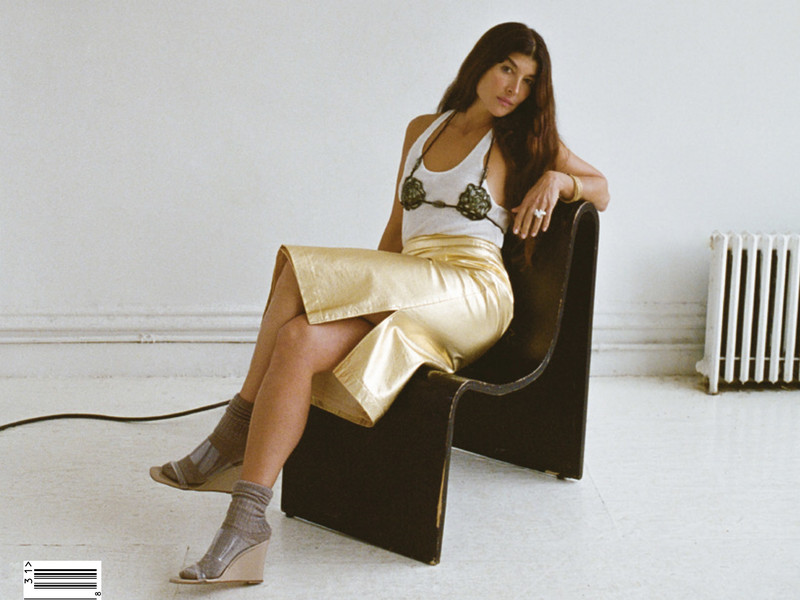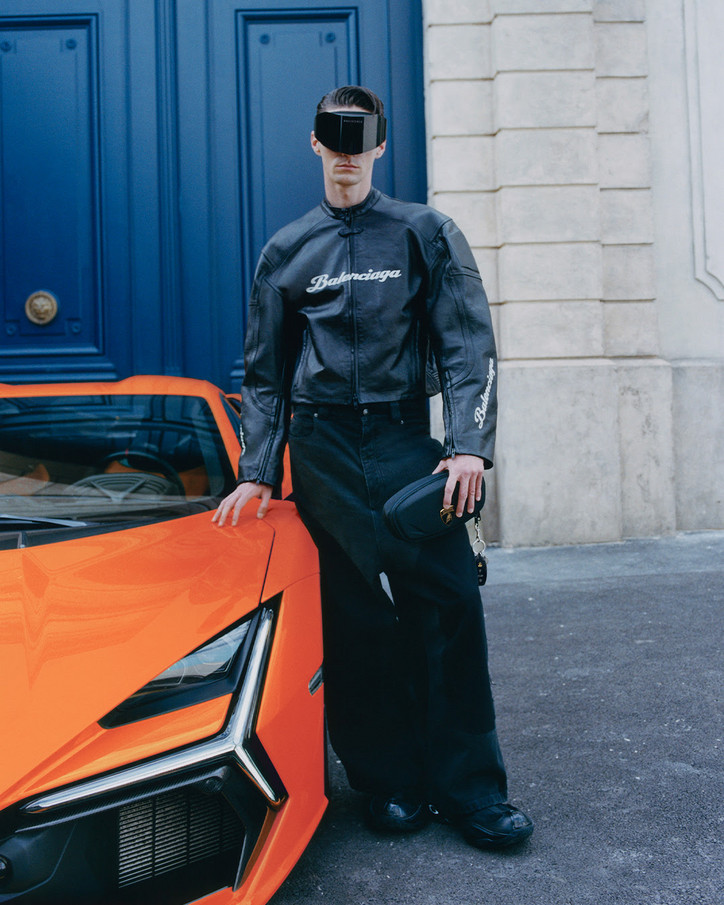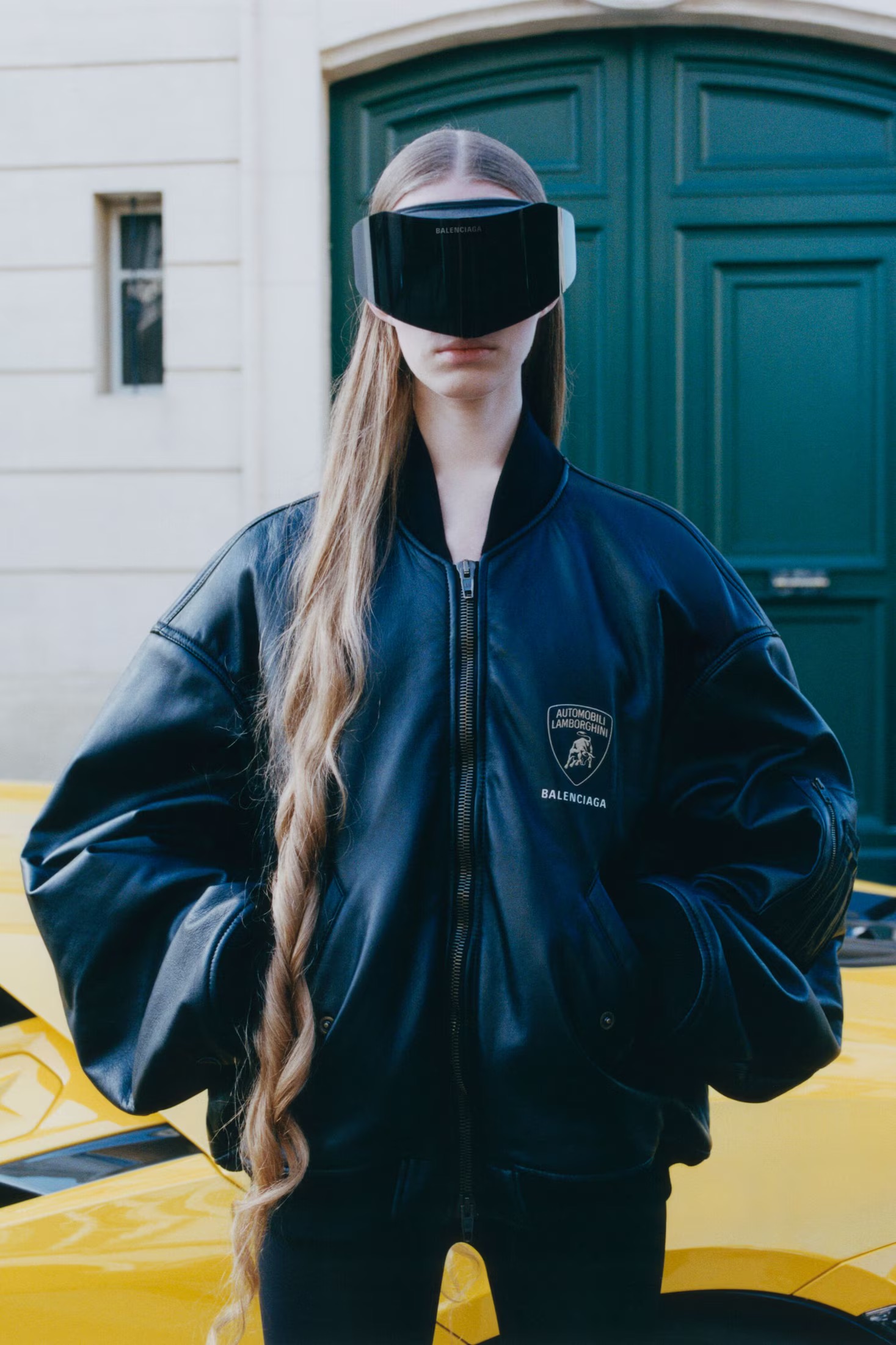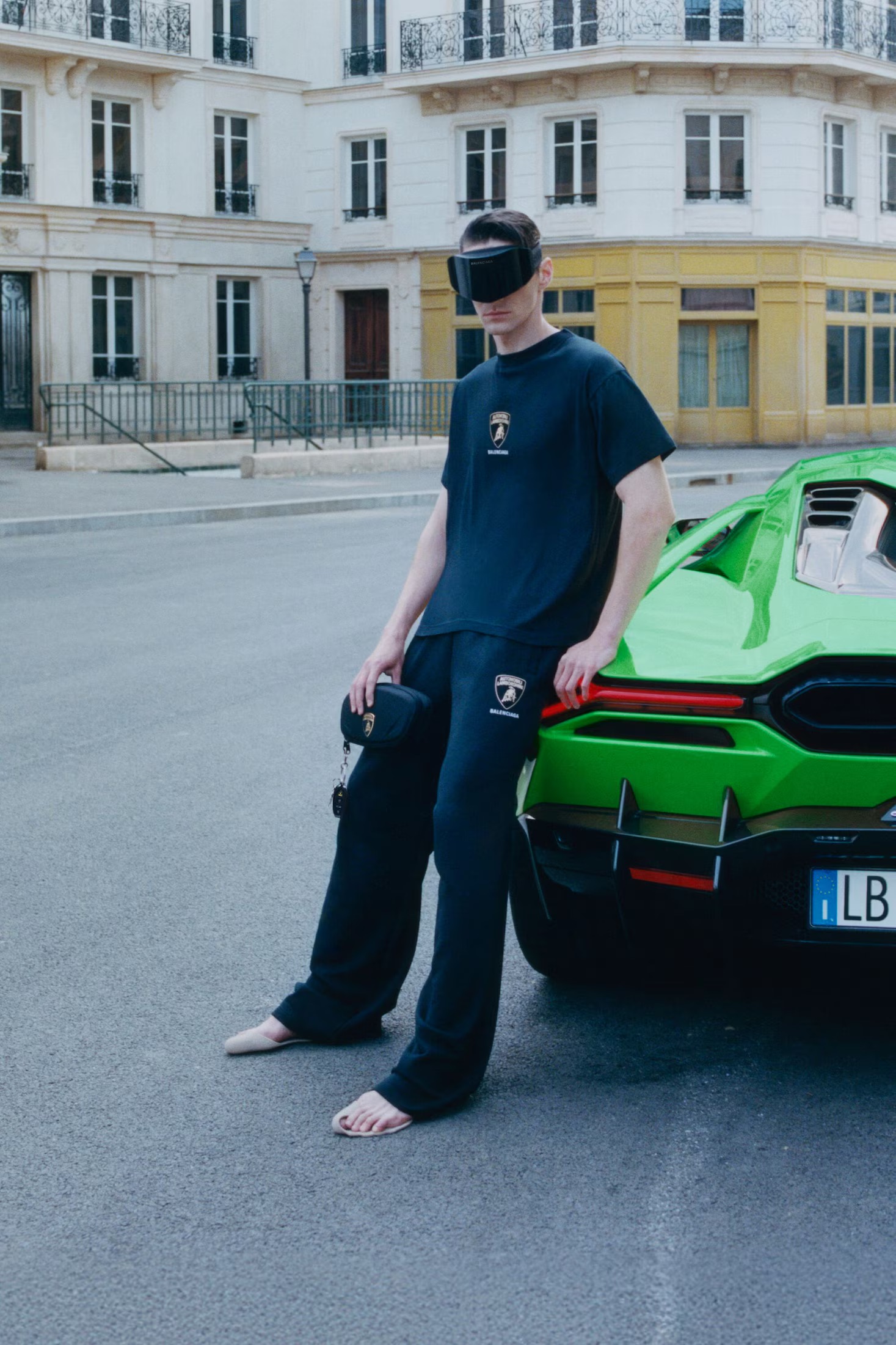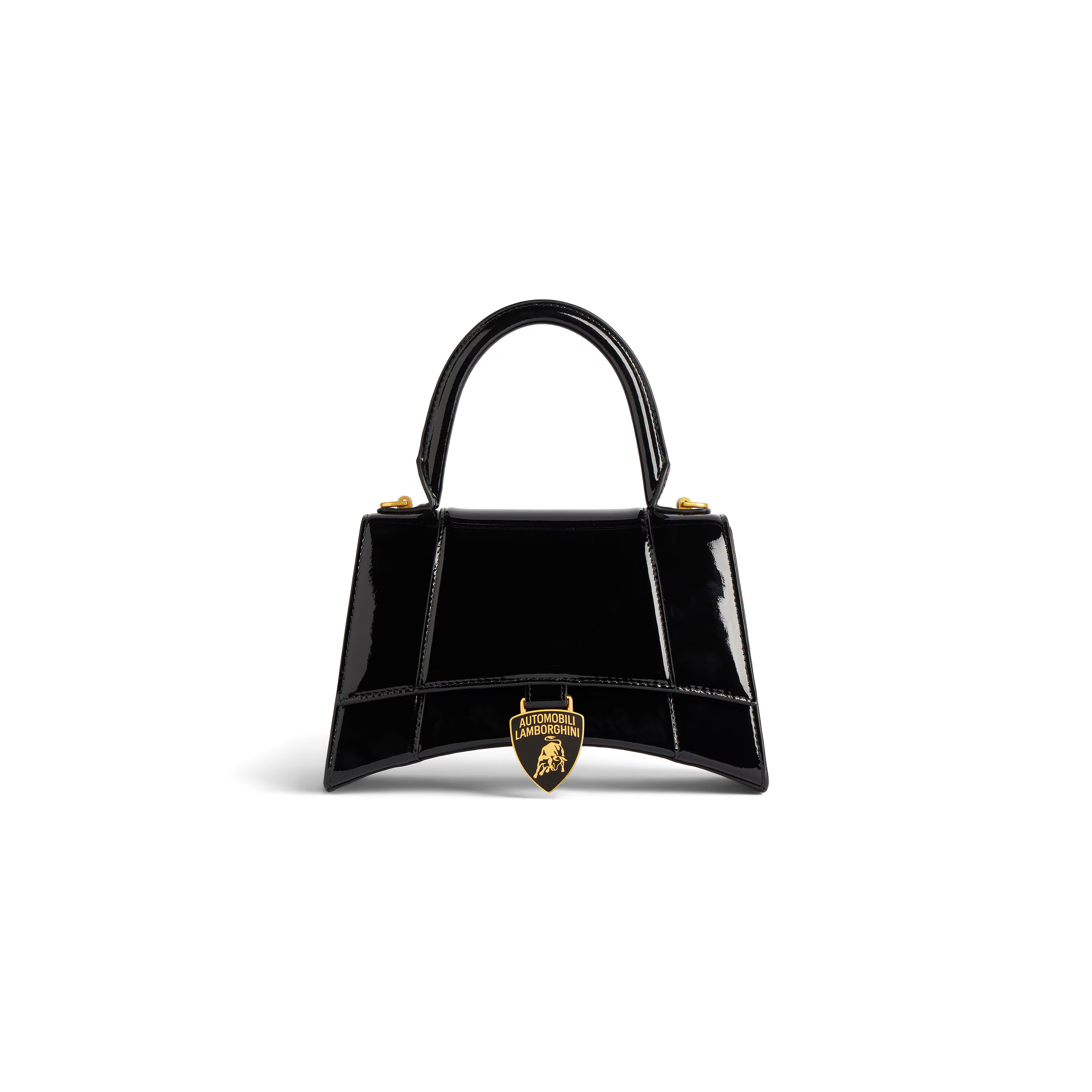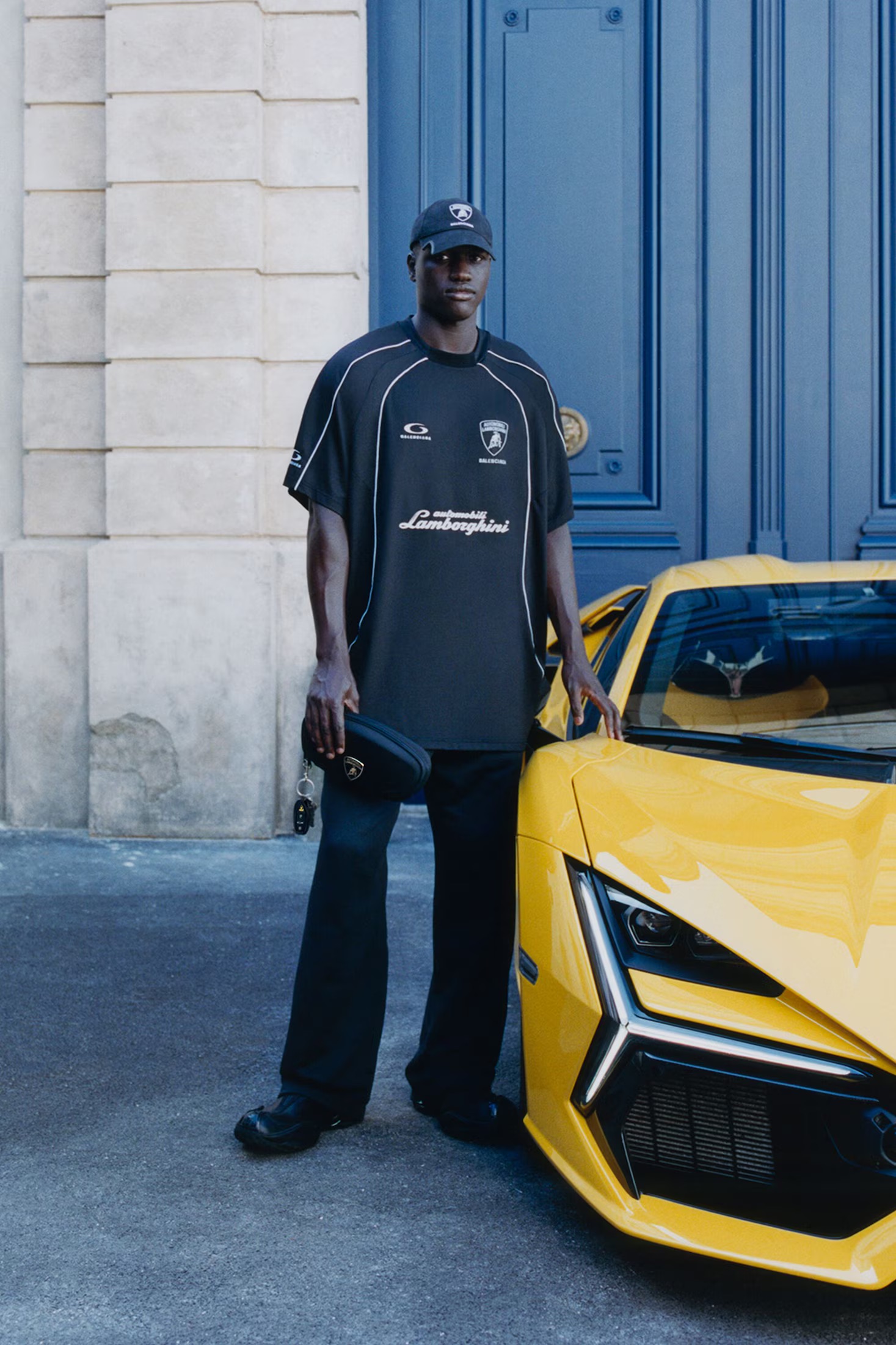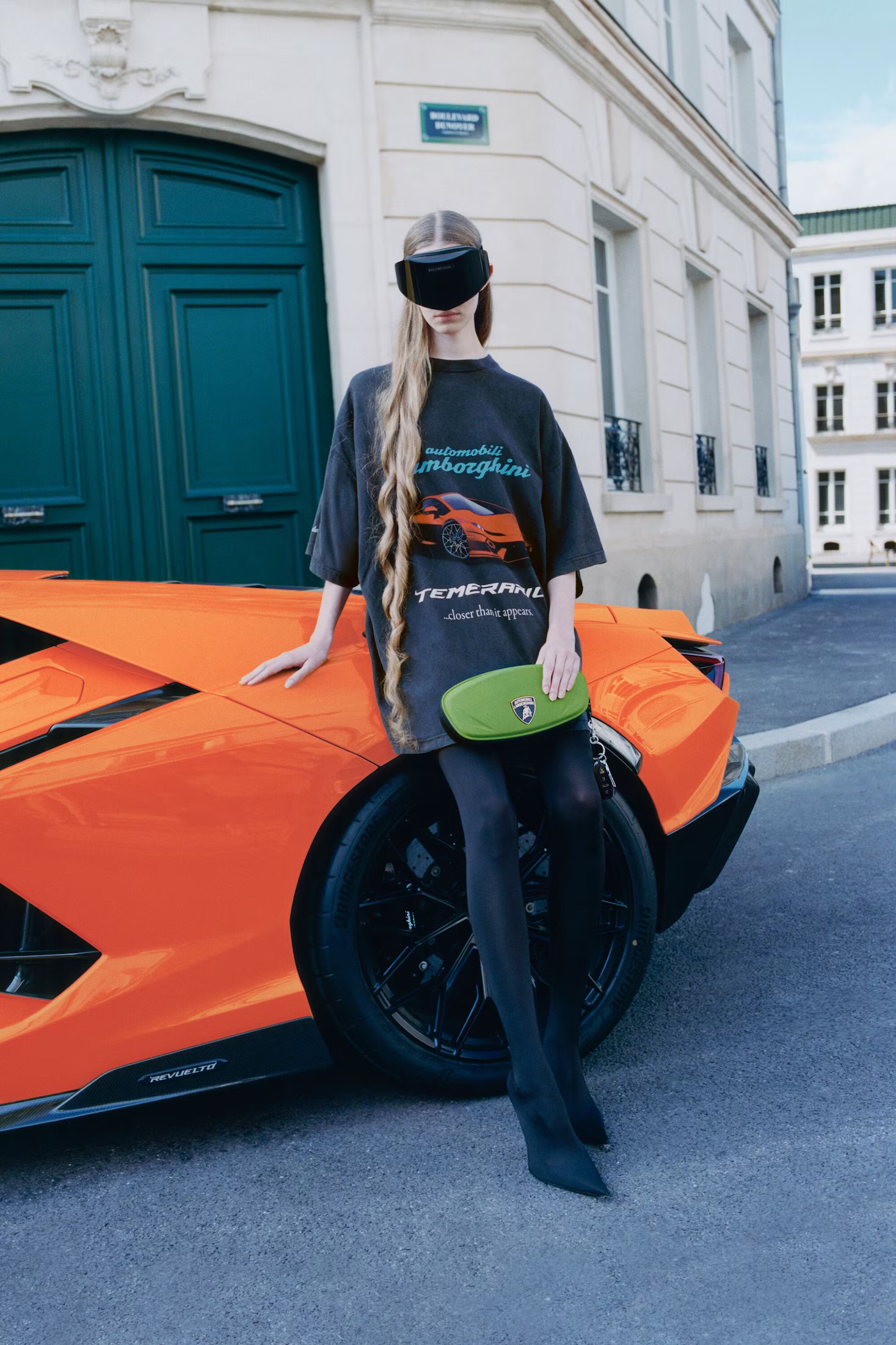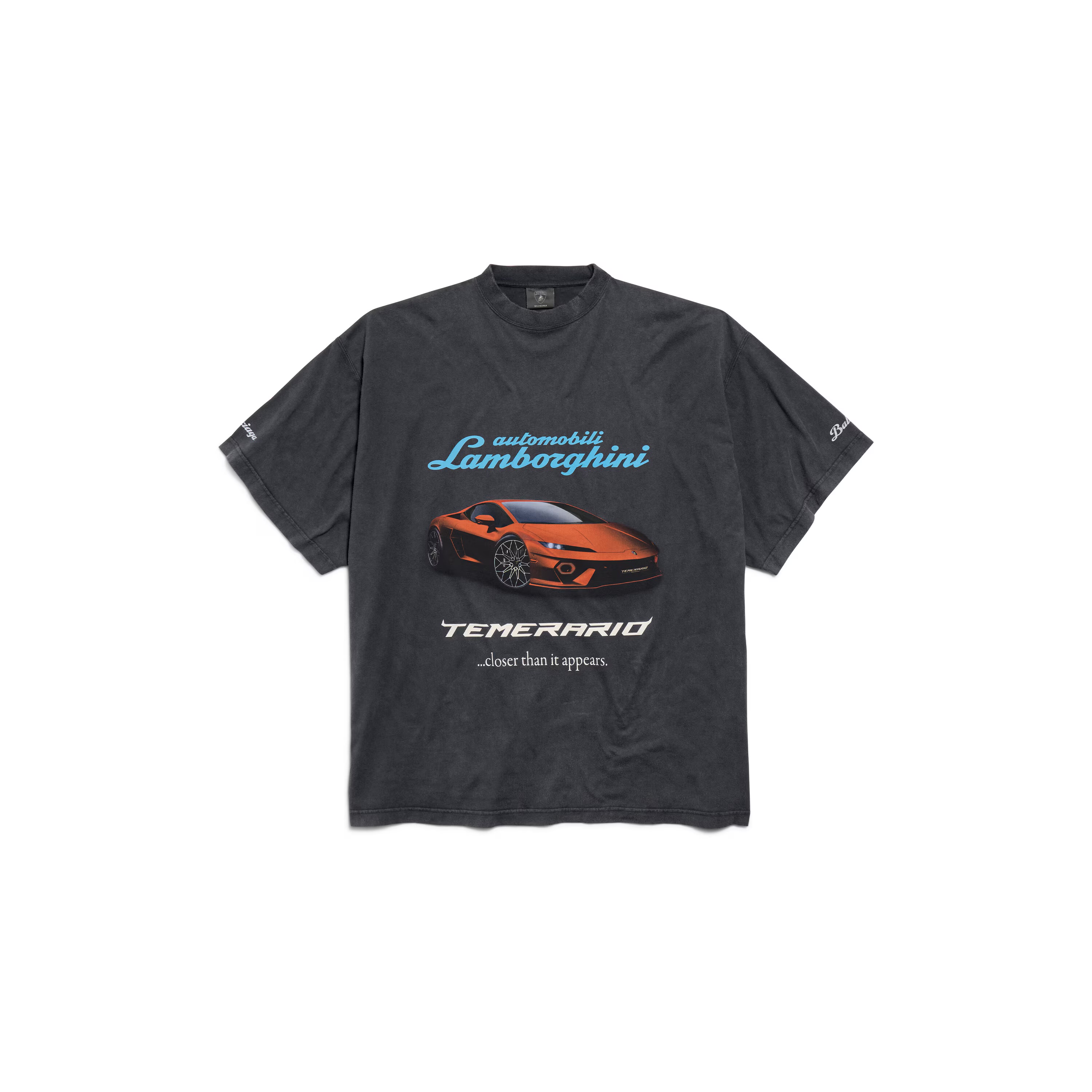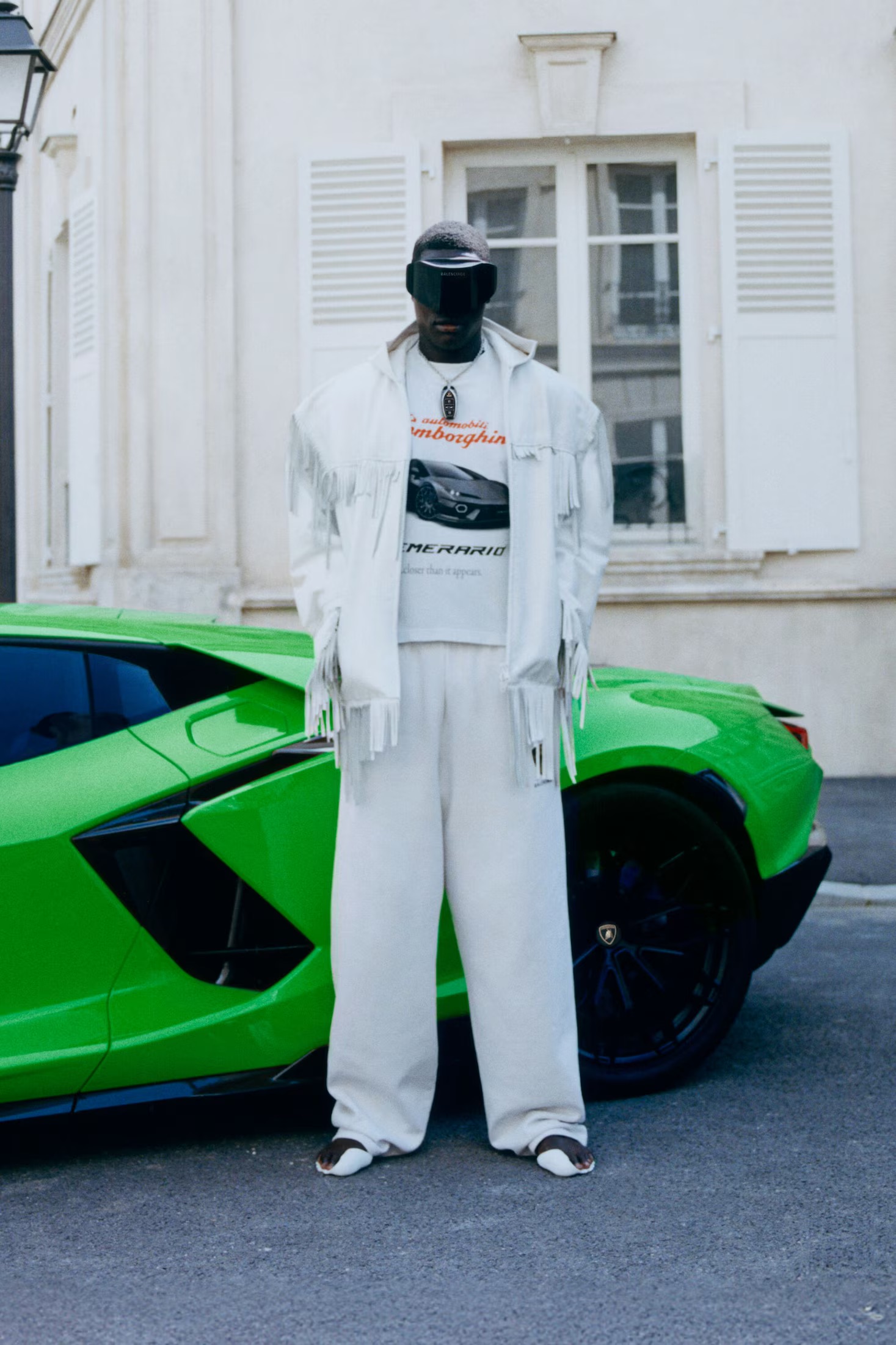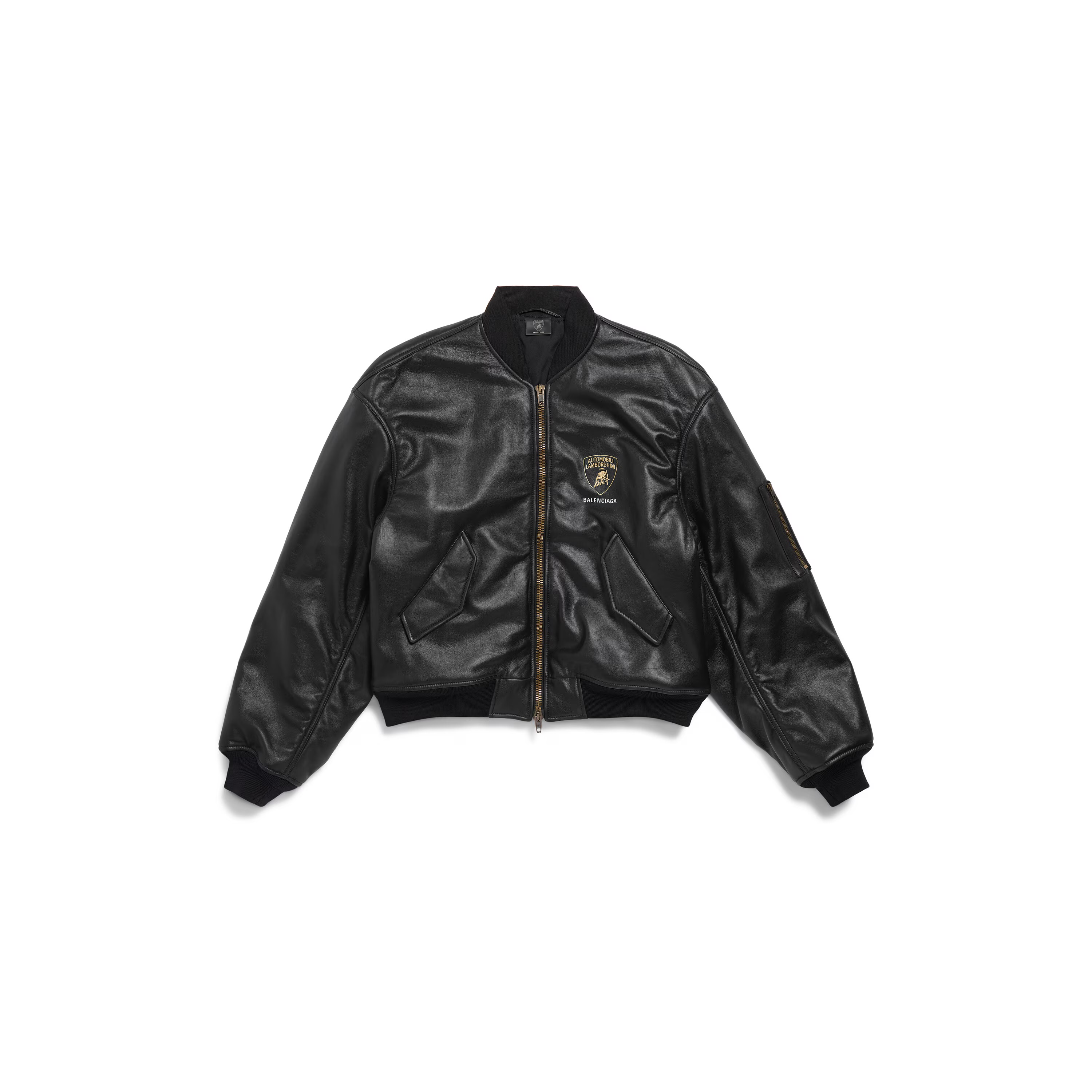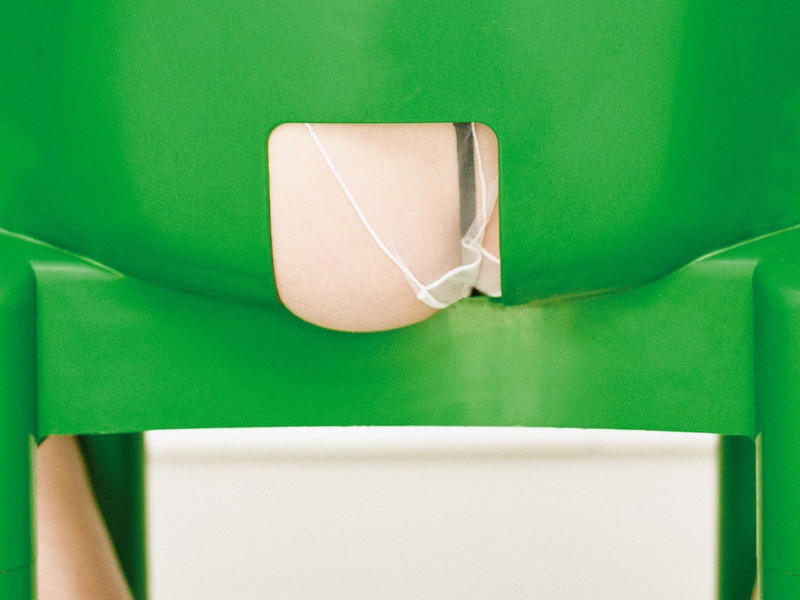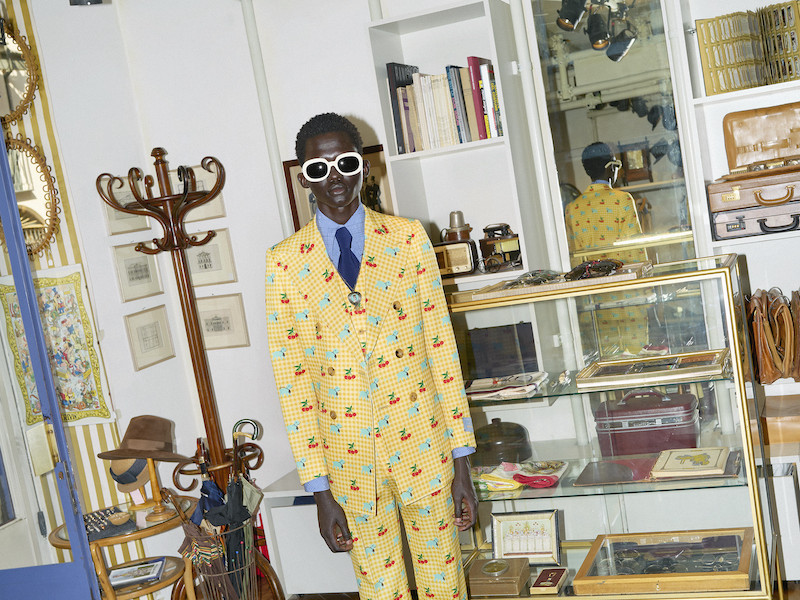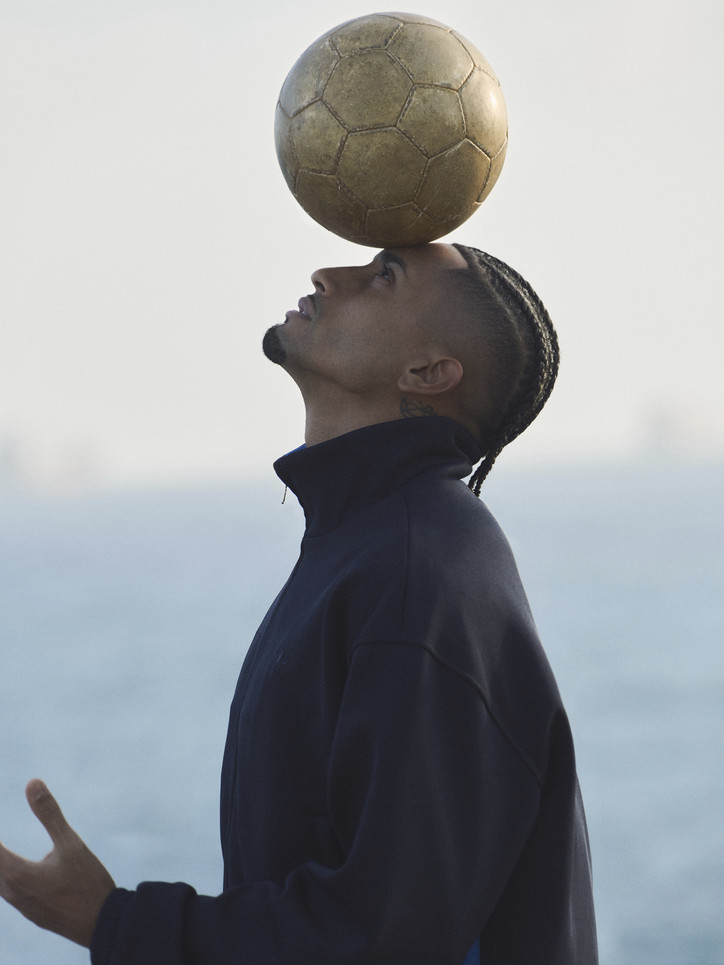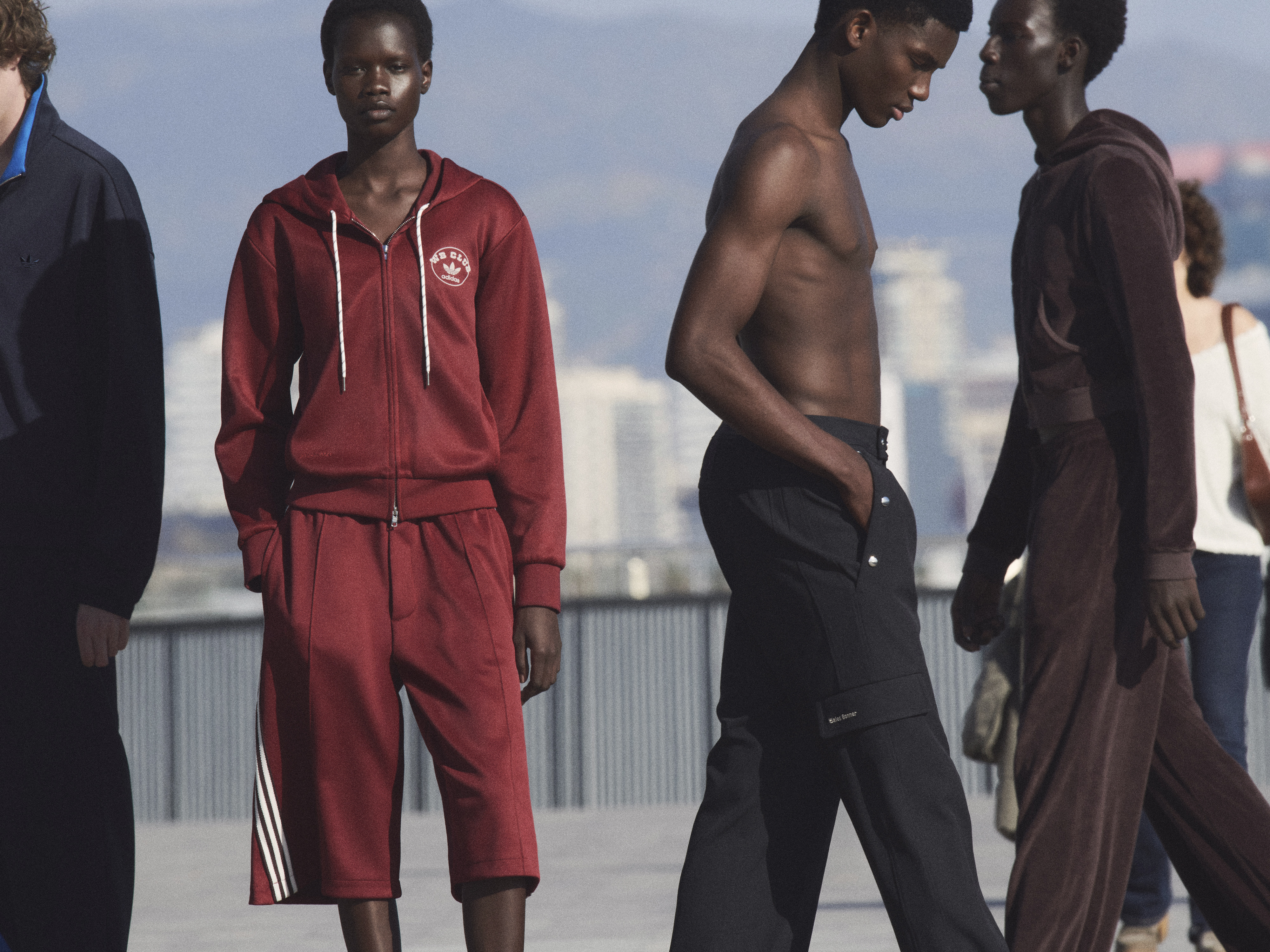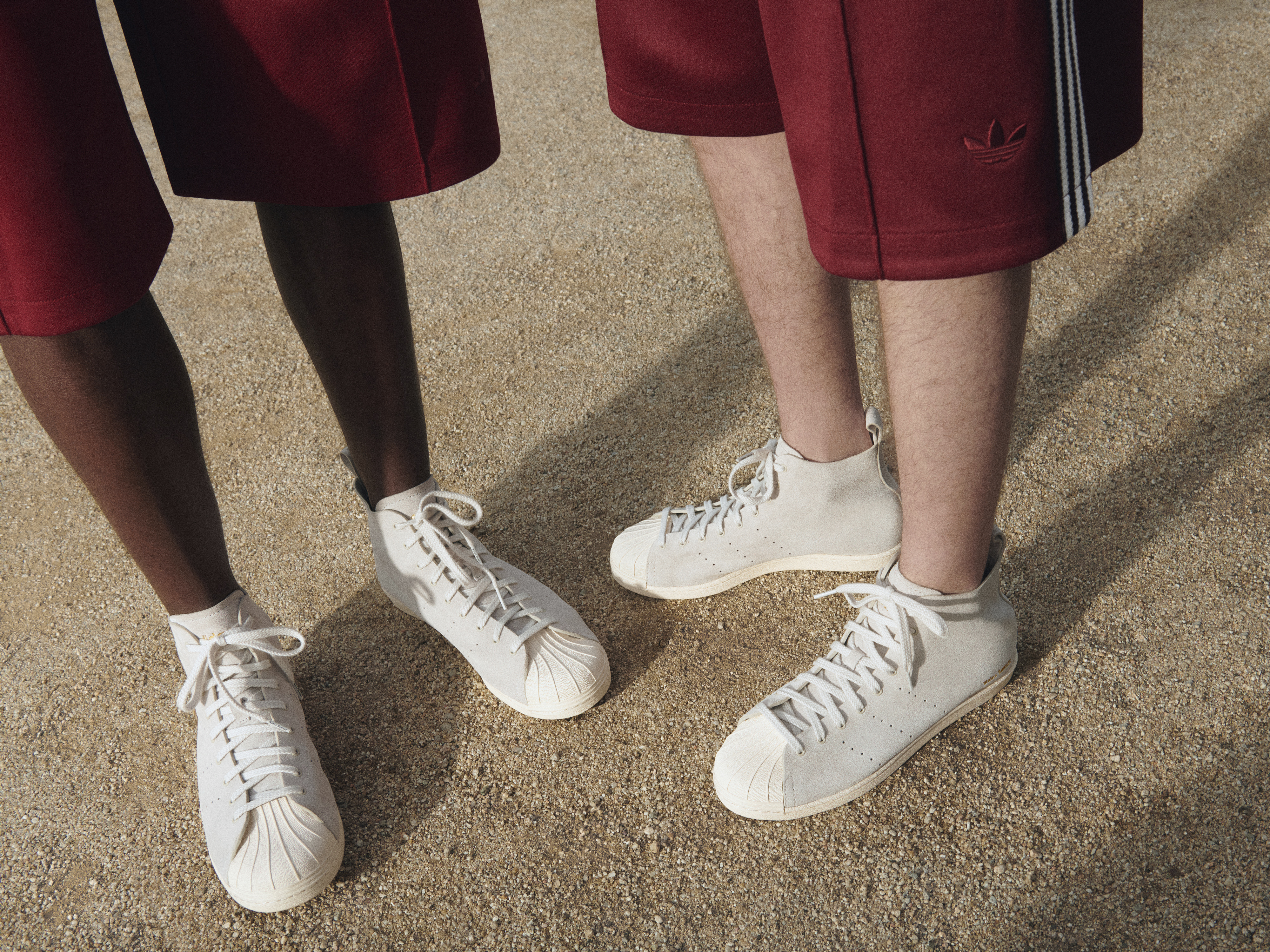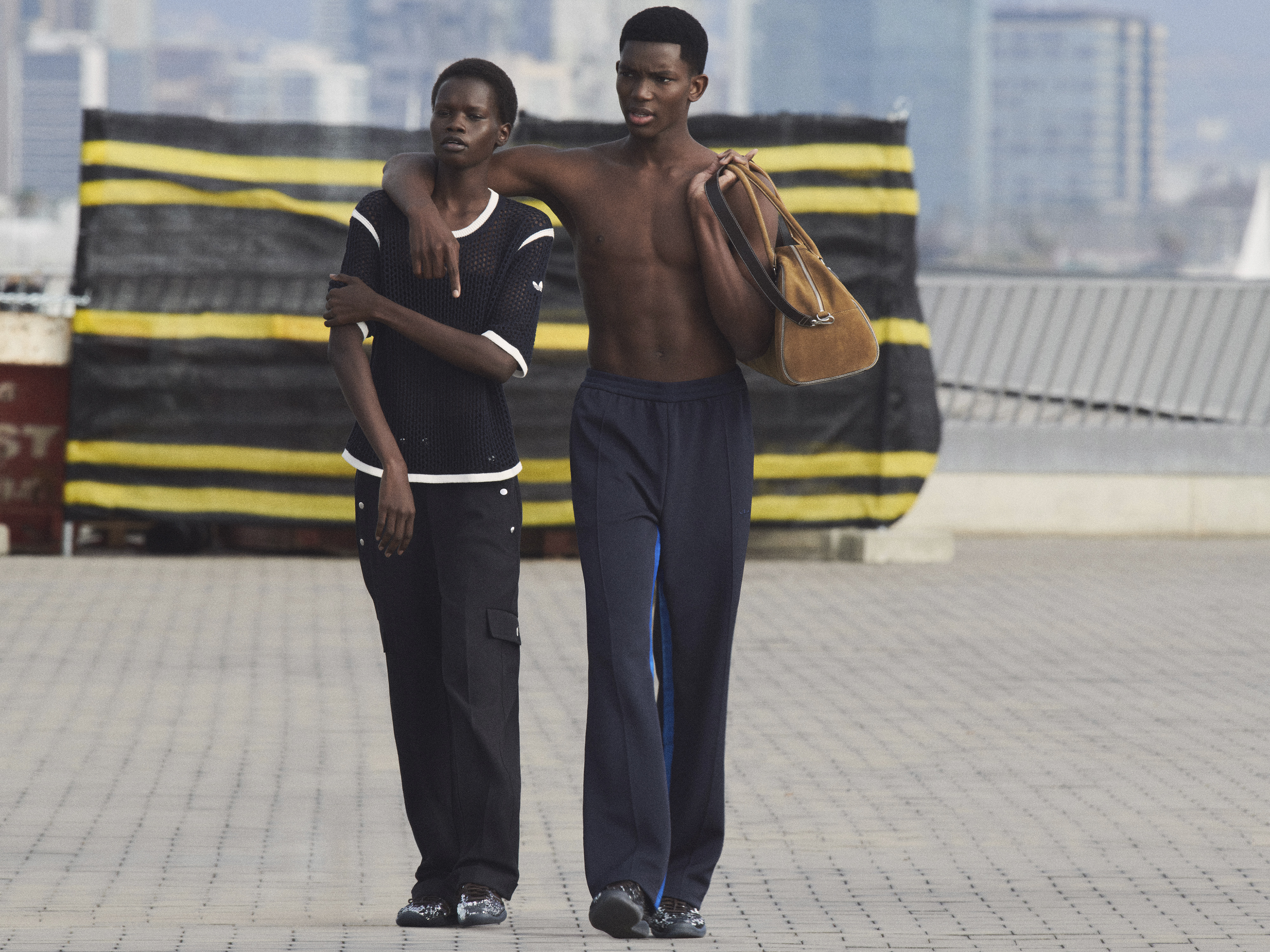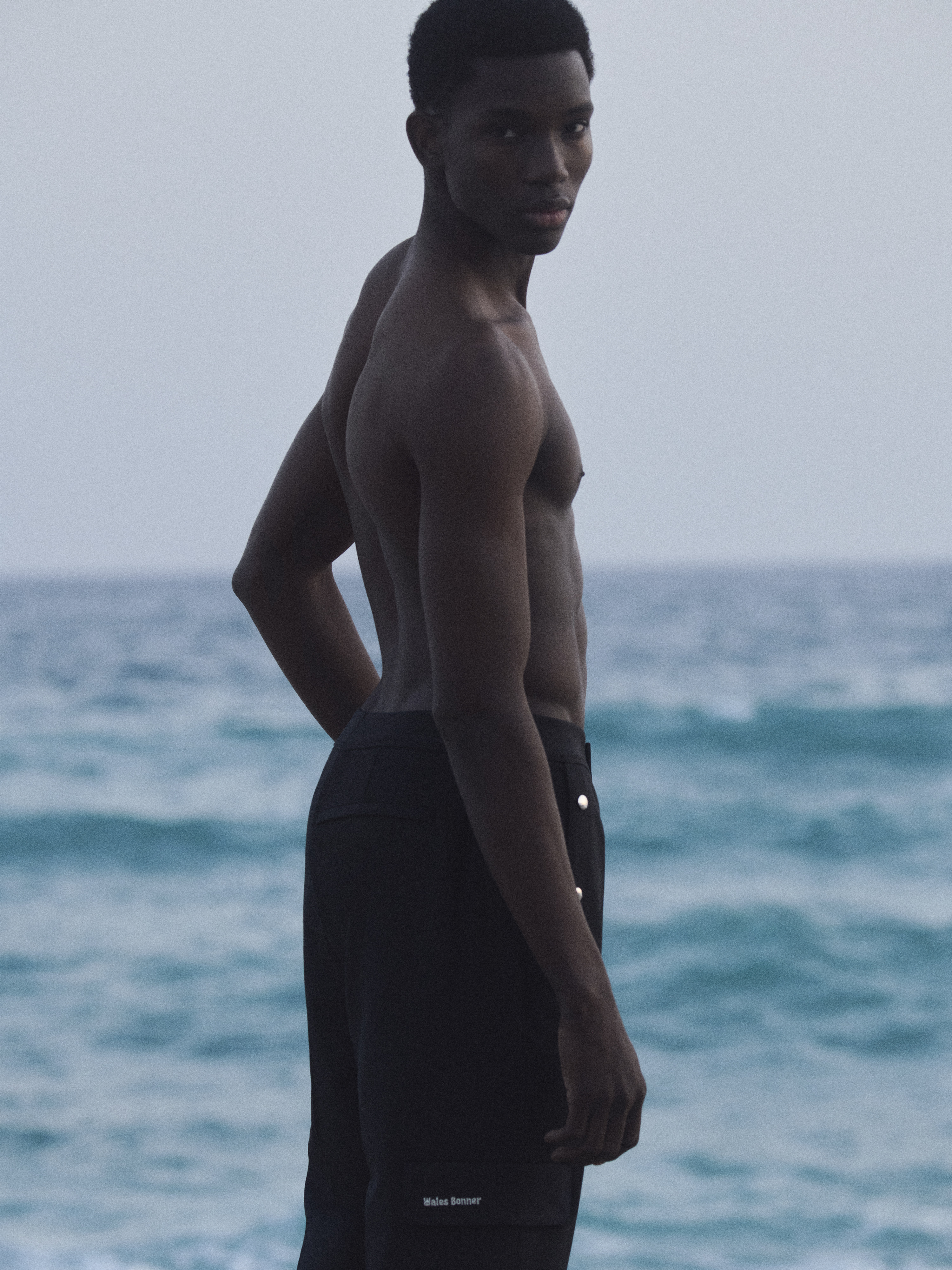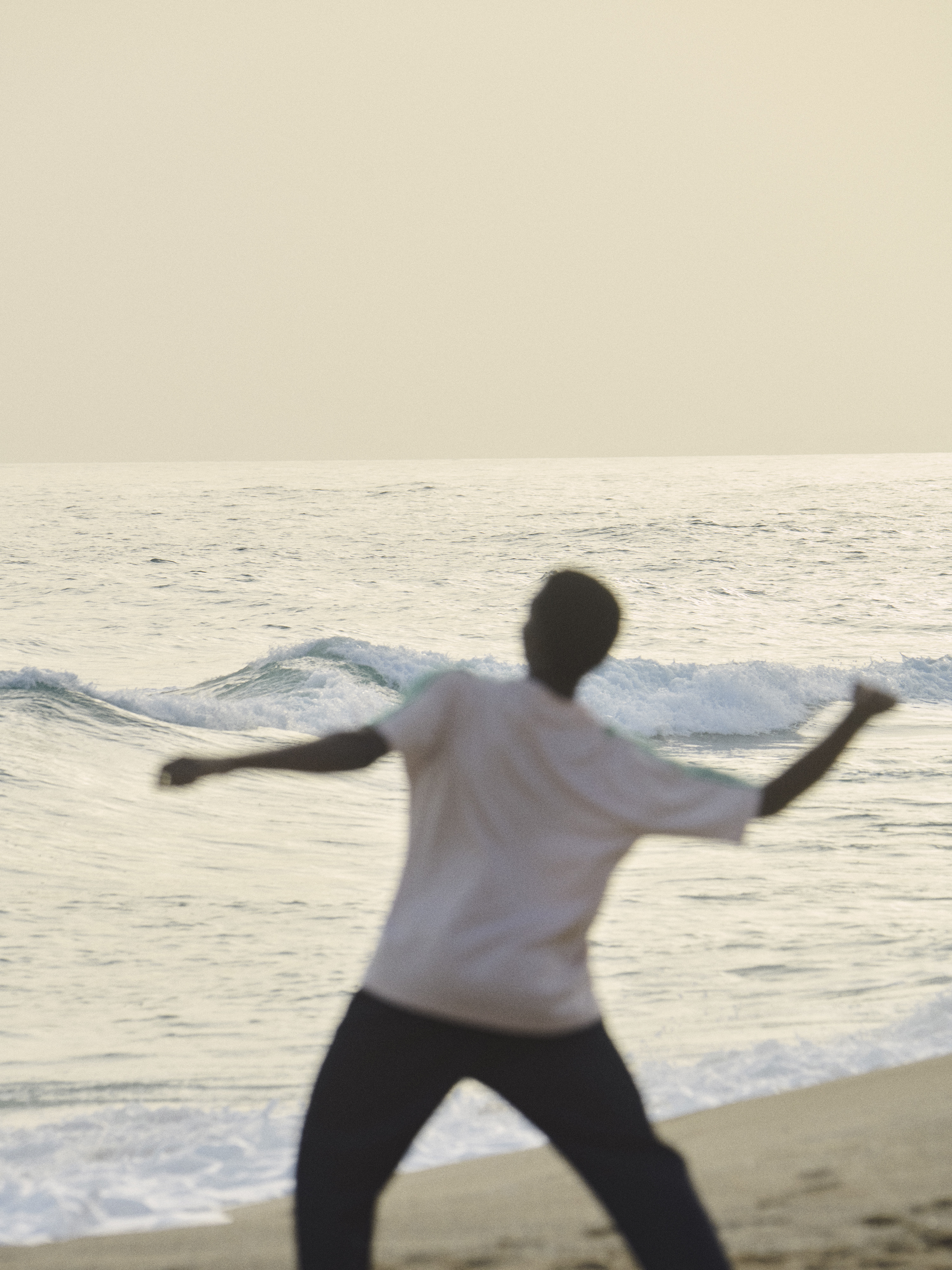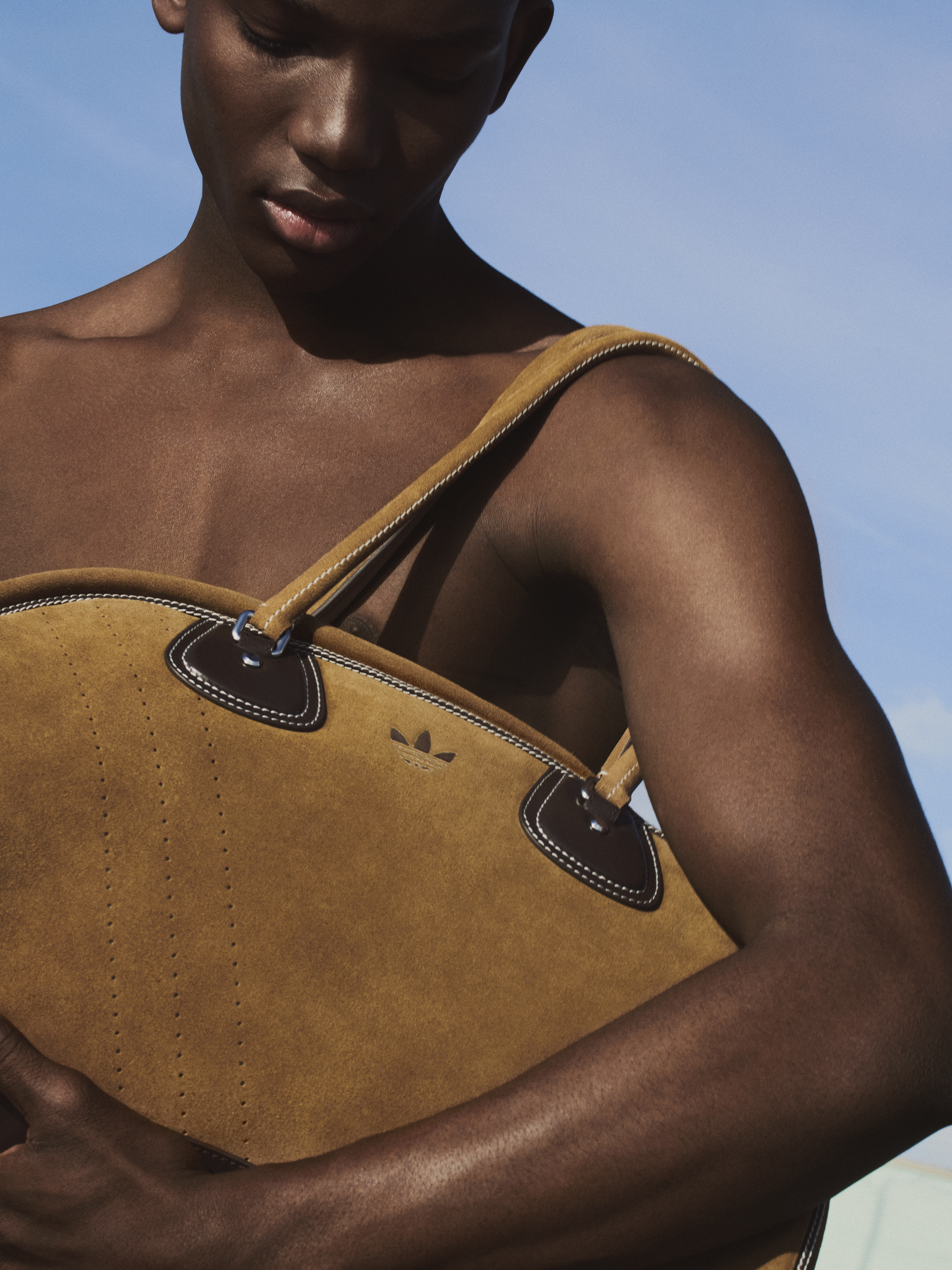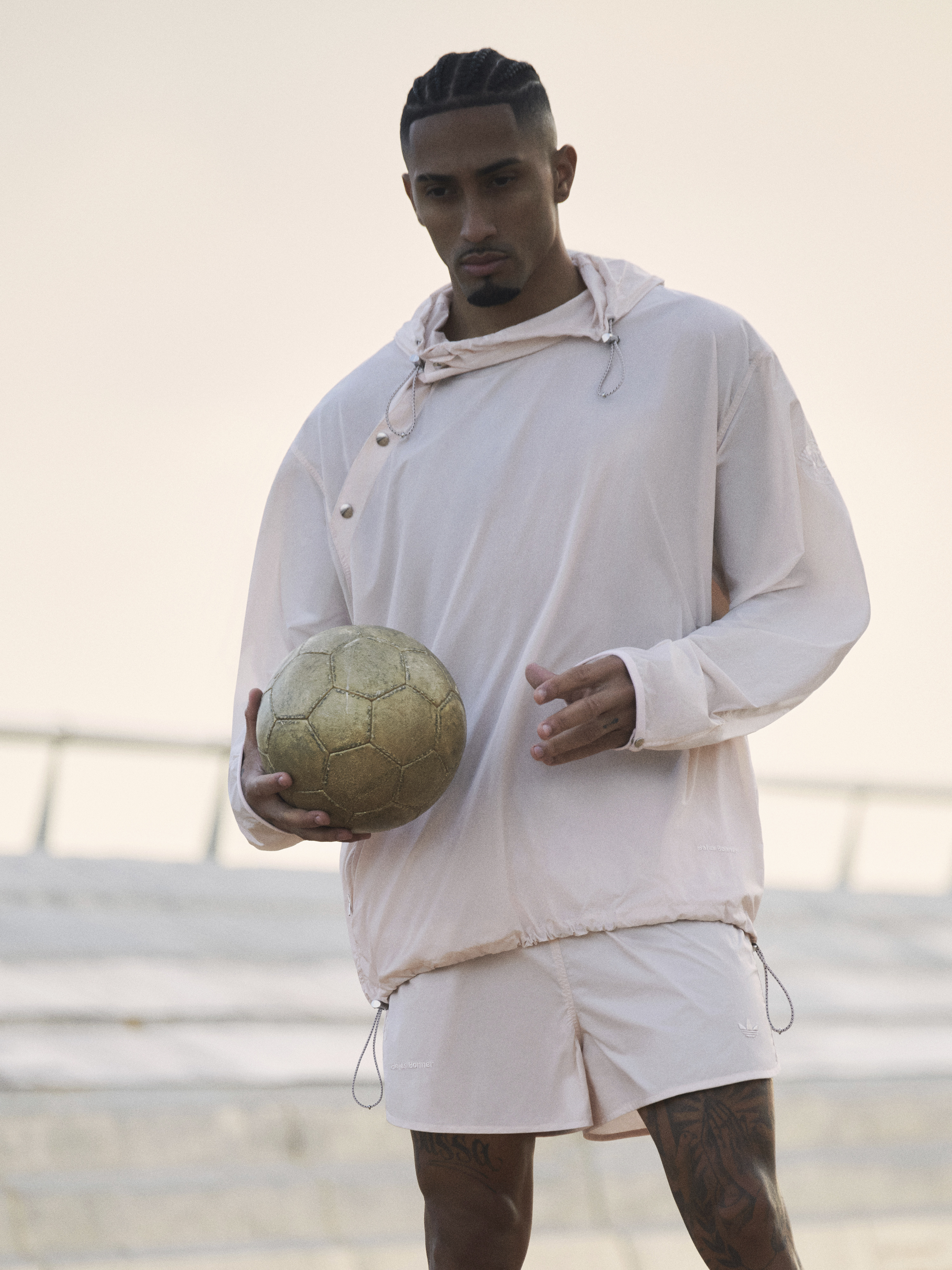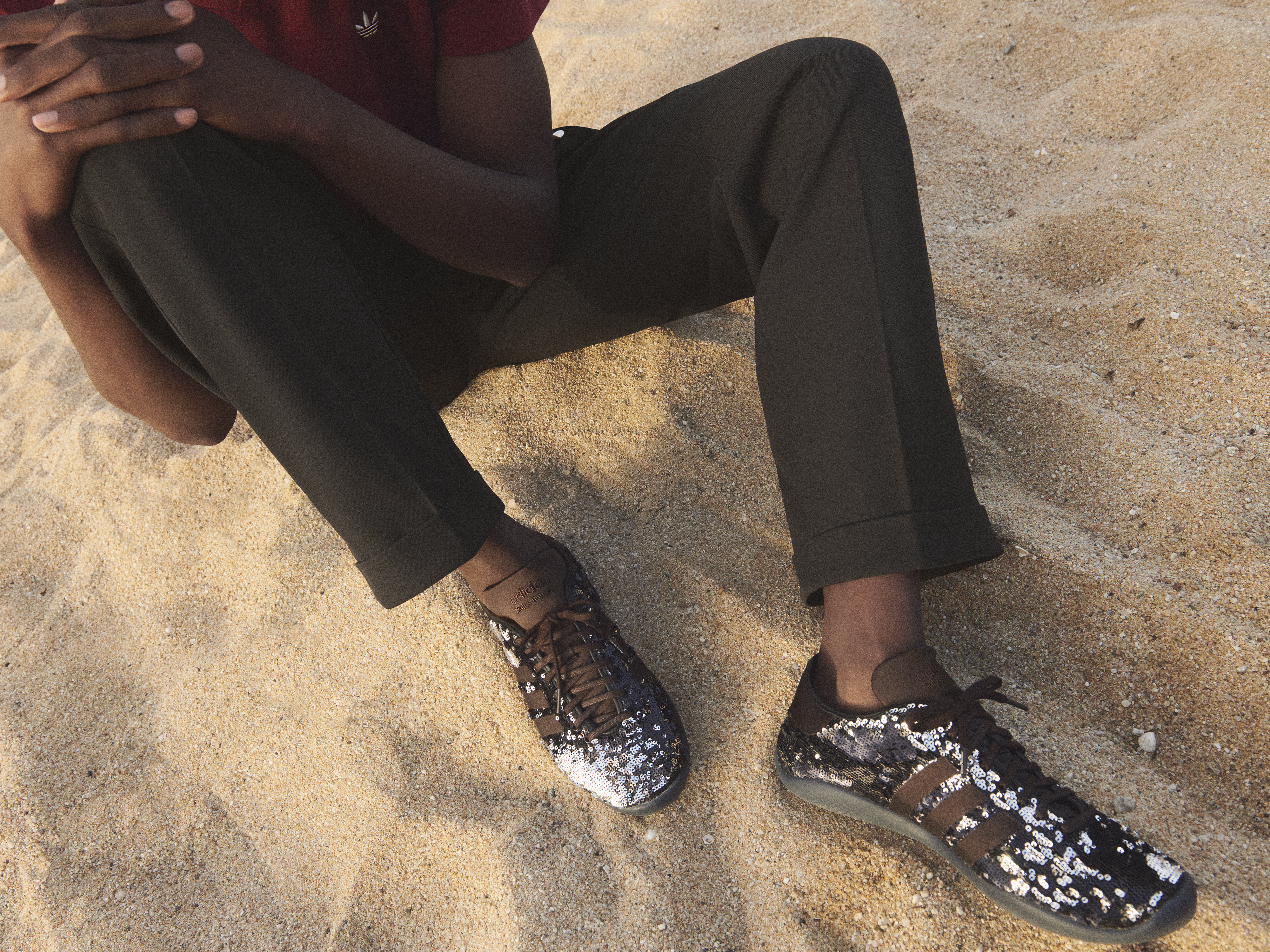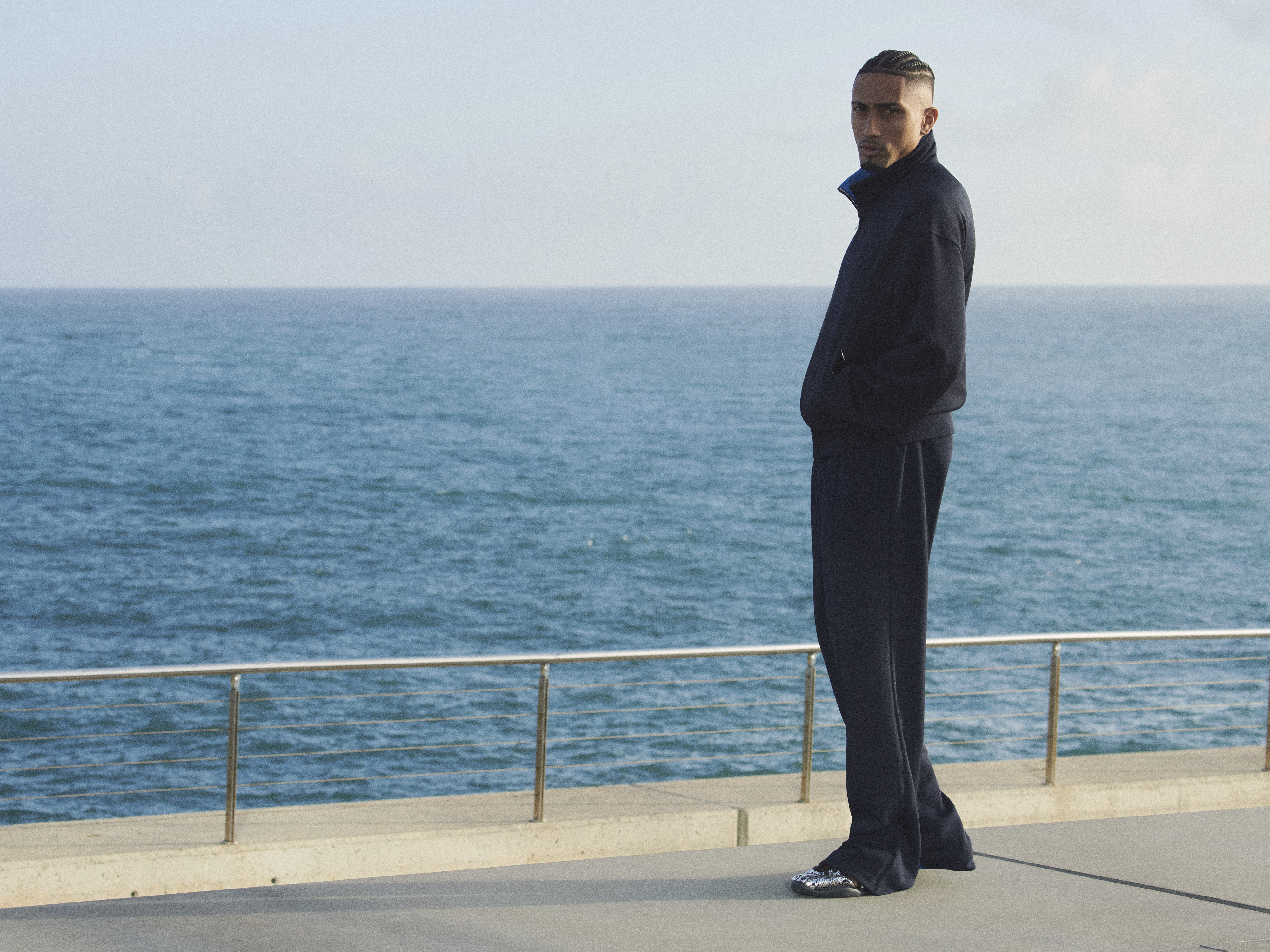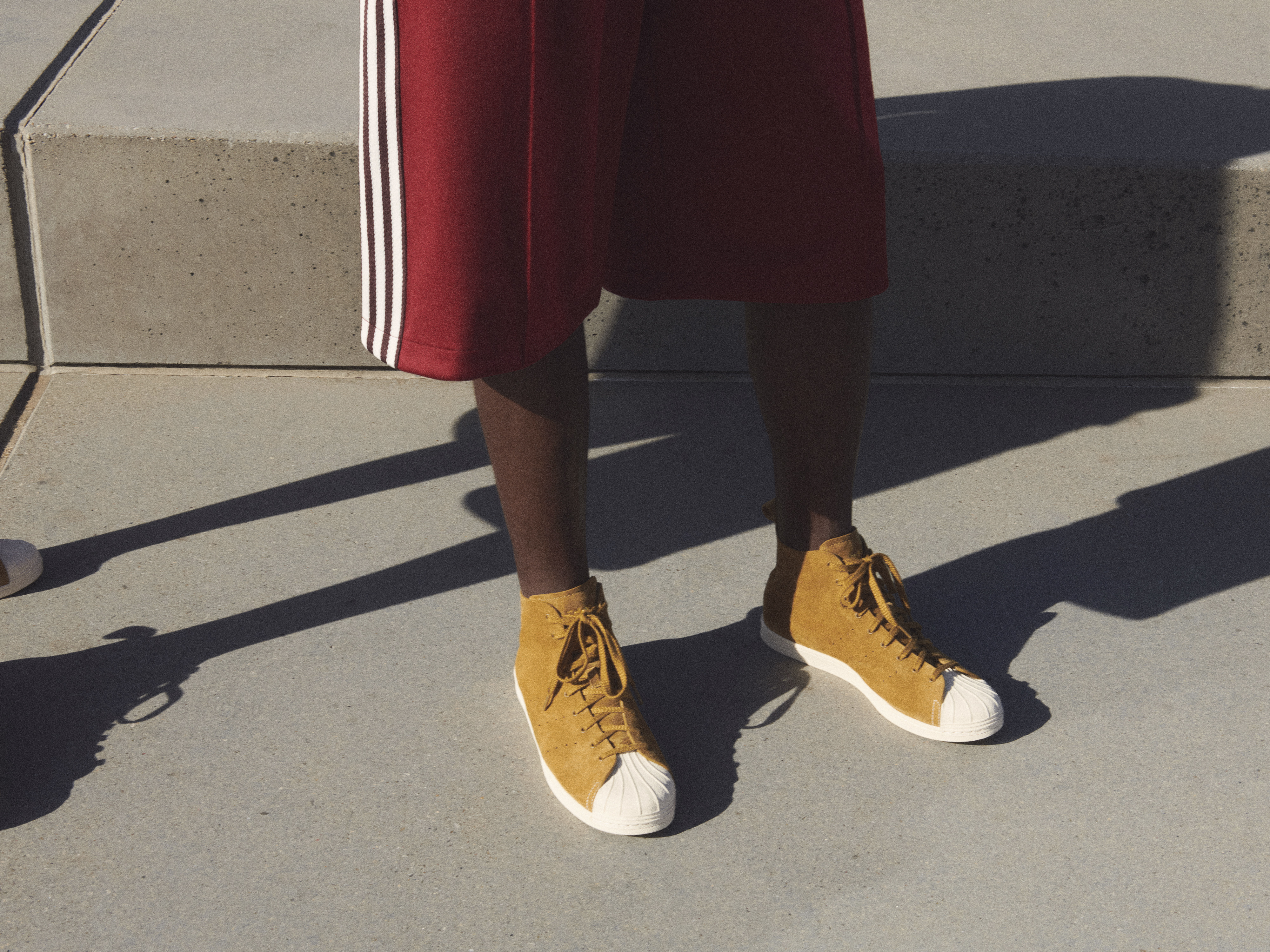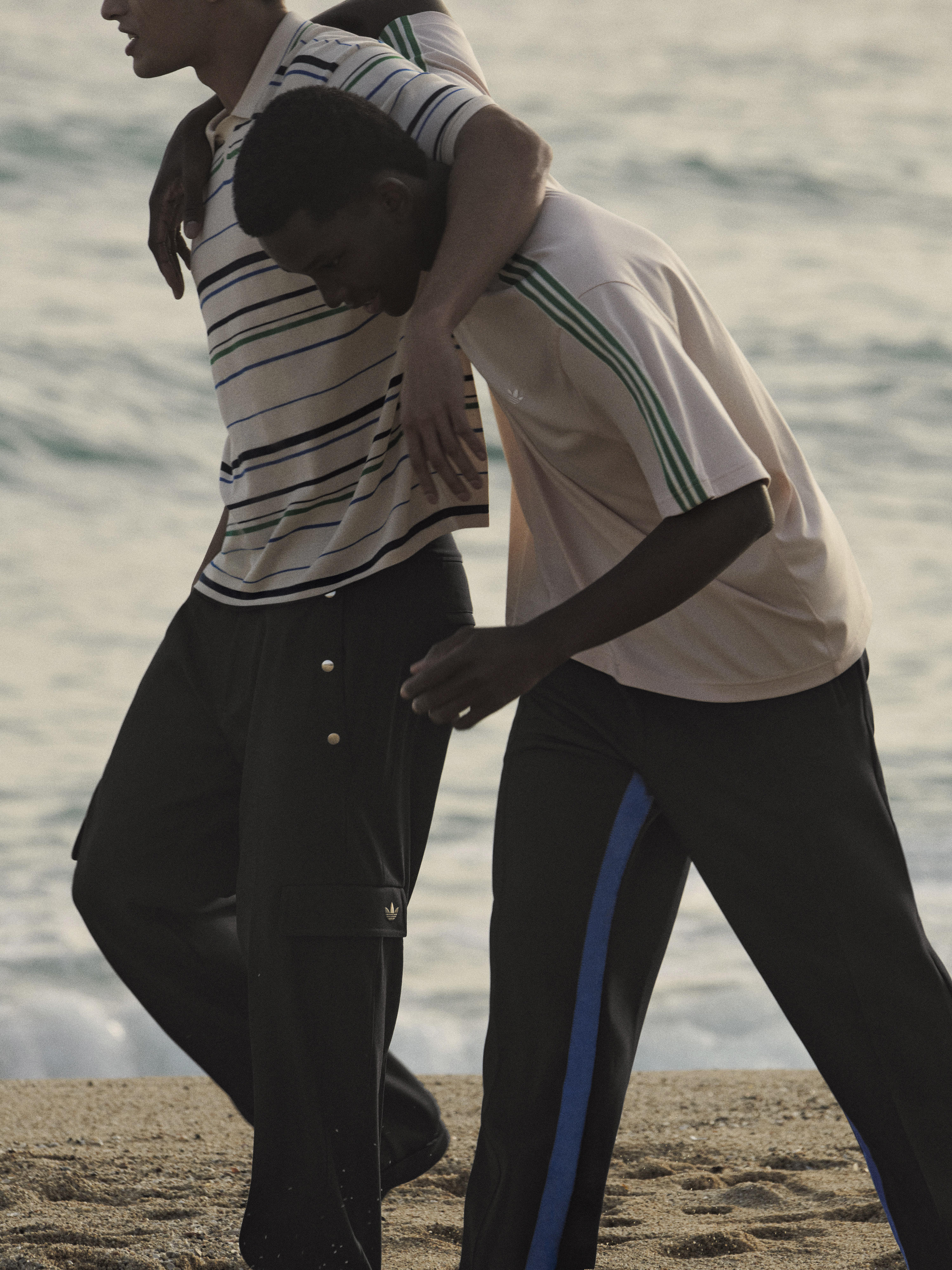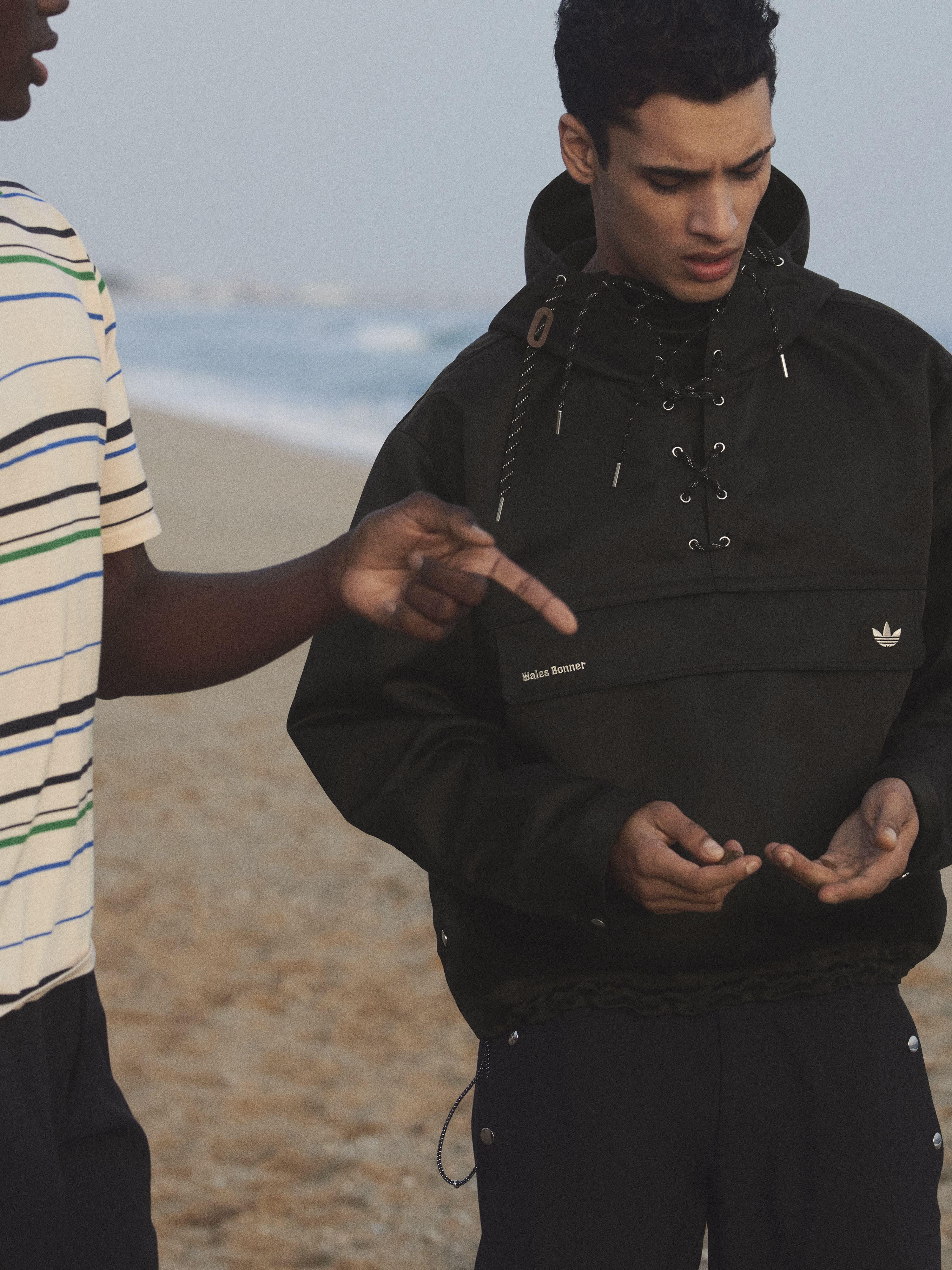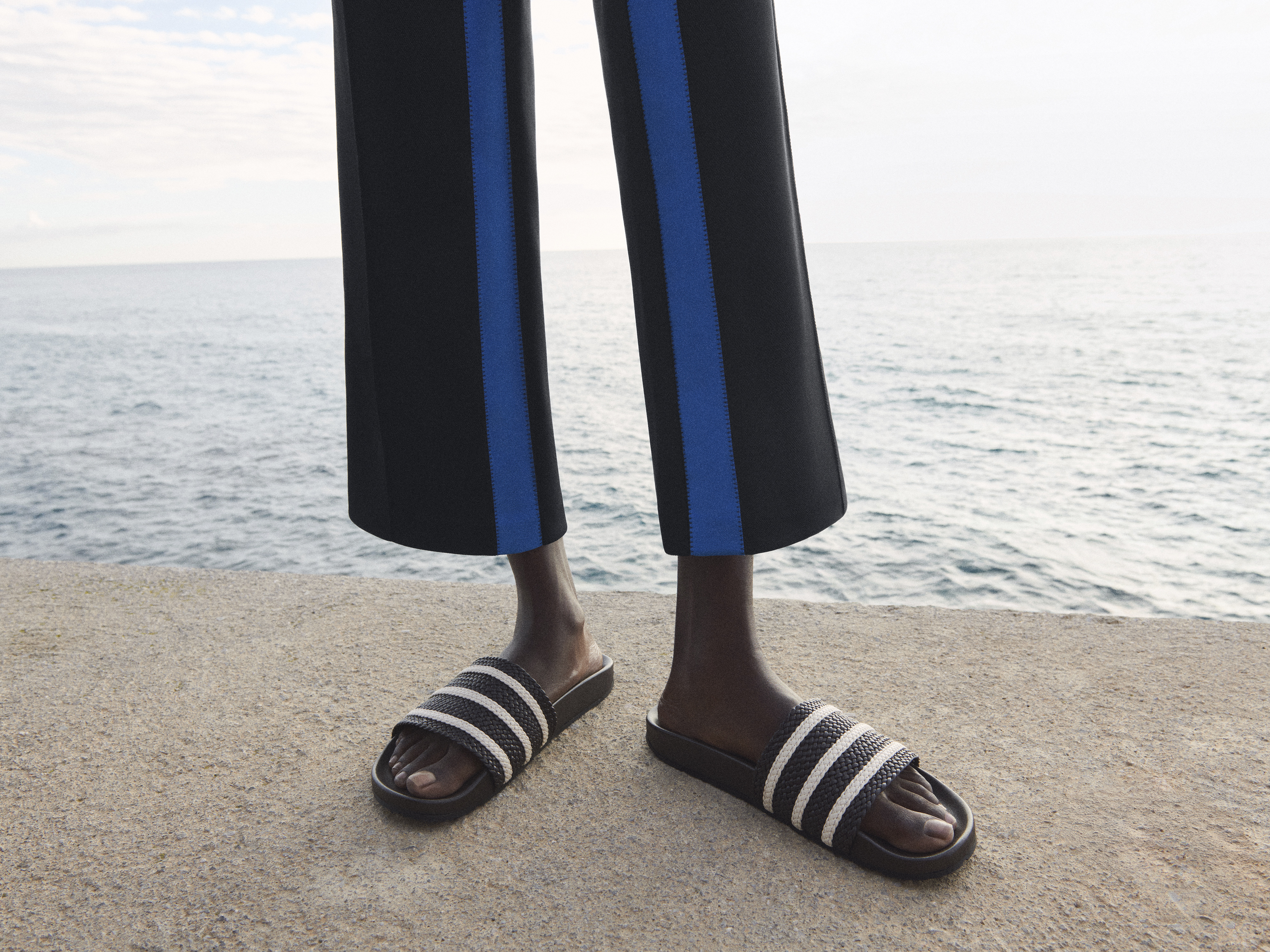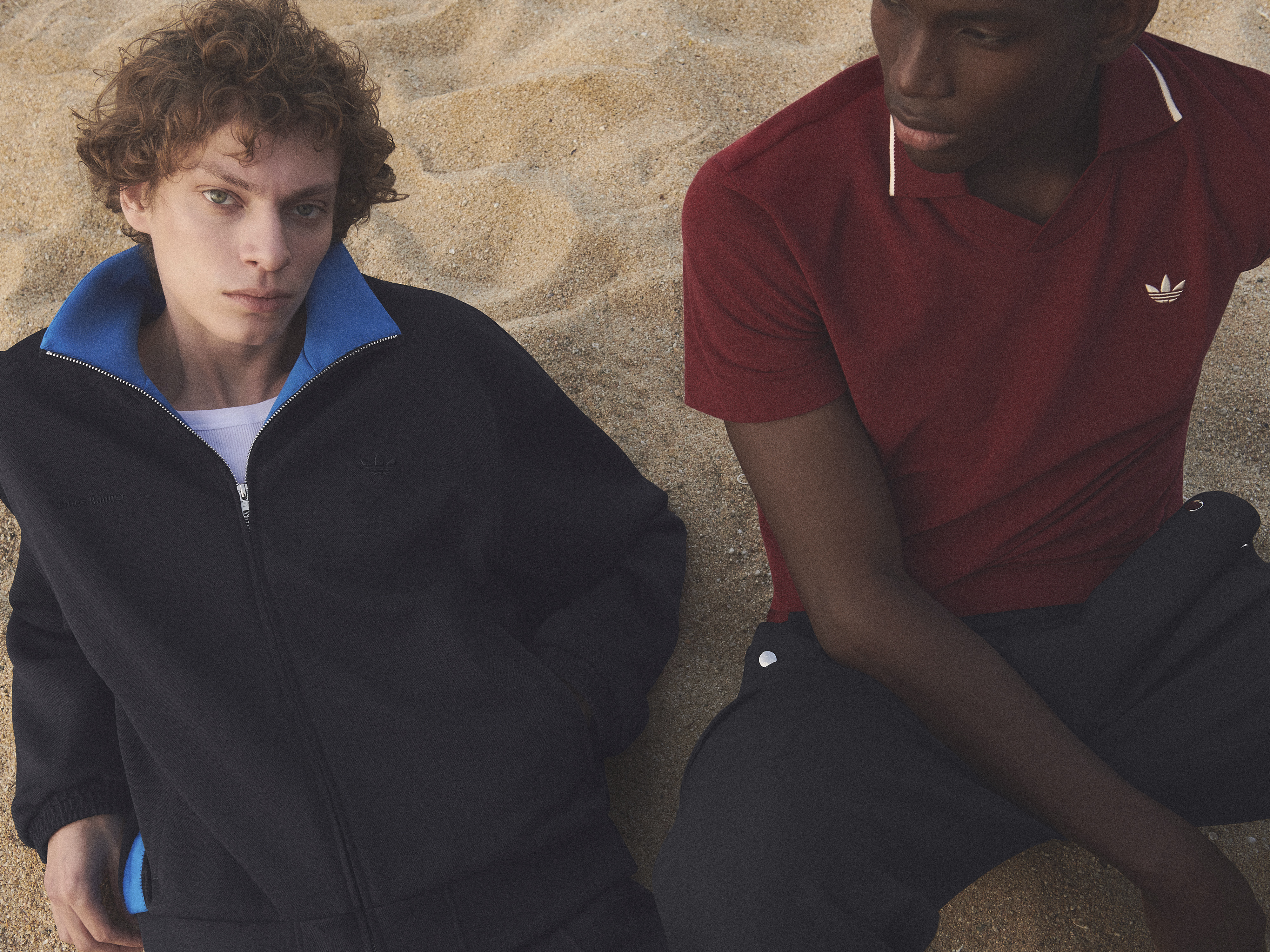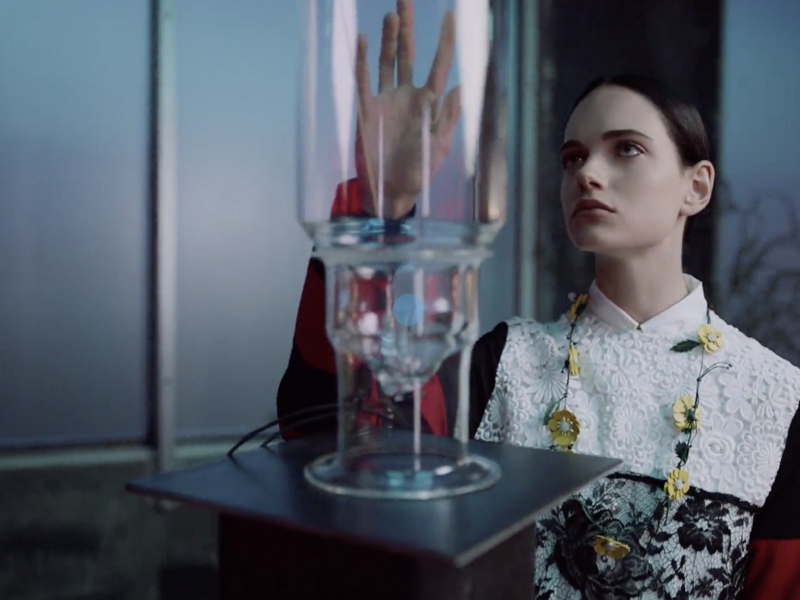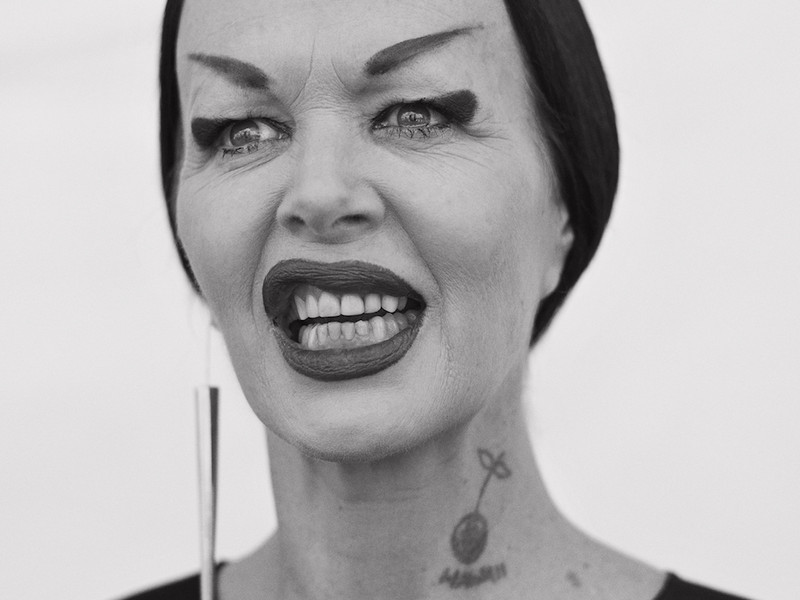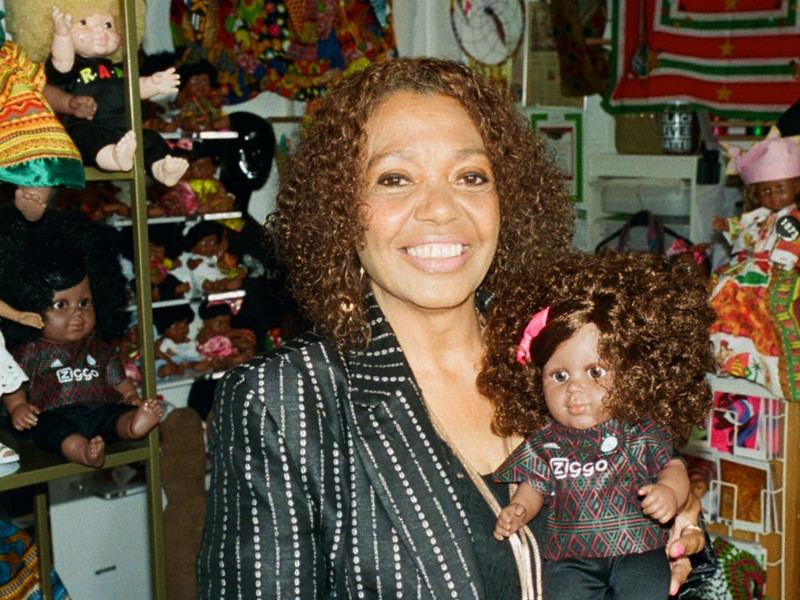K.O.
How does this editorial channel the spirit and flavoring of Serbia?
Katerina Soskic It's easygoing, fun, and spontaneous. It was also chaotic, intense, and unpredictable.
Ana Kras The shoot is just us having fun on a very normal, average, weekday. That sums up Serbian spirit very much—you don’t have a lot, you don’t want a lot, but you have that very moment and it's up to you to have fun within it. It’s very spontaneous how life happens there, it’s my favorite. Time doesn’t matter, mot much matters, actually—it’s all about interpersonal relationships and good times.
Jovana Markovic The understanding that comes from people with a shared history and backrgound, and the level of mutual understanding that comes with that.
Sanda Simona We were quite lucky to capture an interesting moment that was going on in Belgrade that day because there were some pro-government demonstrations going on. There were many people that came with buses from many different places in Serbia to support the Serbian president and his politics, and they all parked in the same boulevard. Of course, I am deeply against what he is doing for Serbia at the moment, but the line of buses was a good scenography for our photoshoot, so we used the moment.
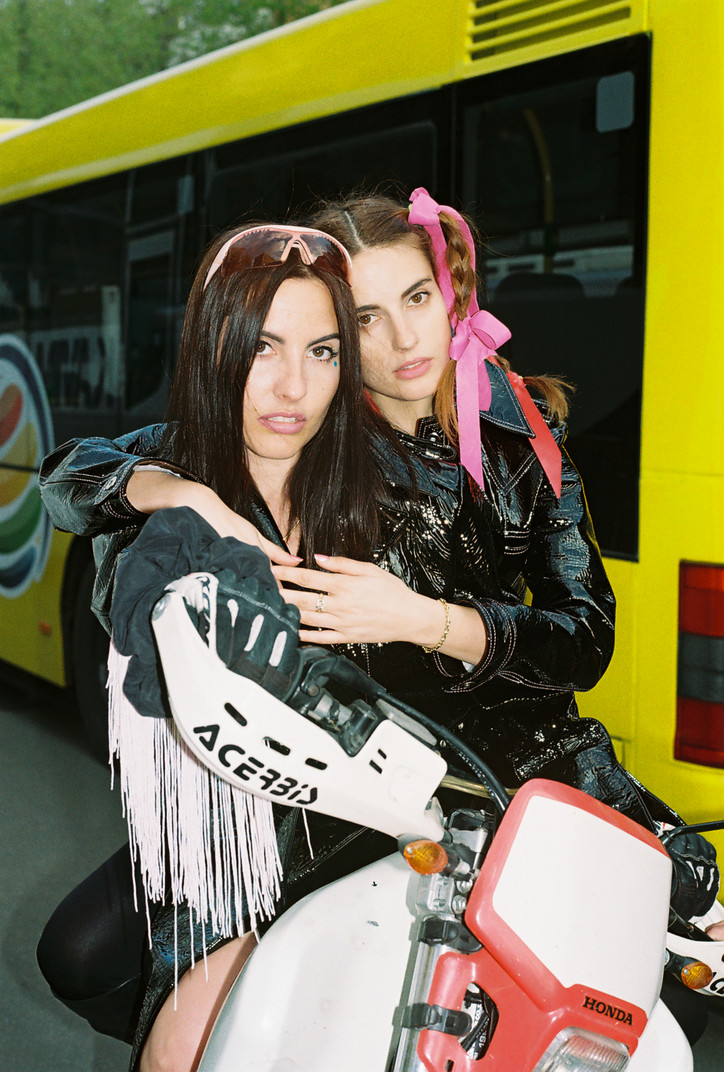
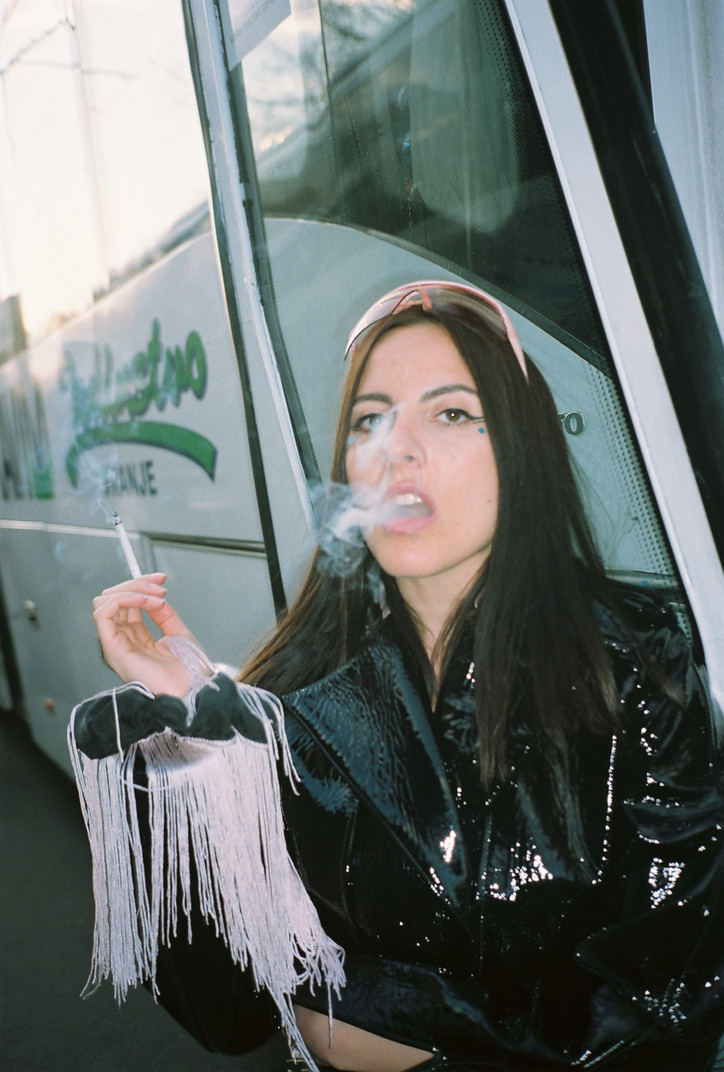
What makes fashion such a potent medium for capturing cultural identity?
JV For me, personally, I view my designs as an exrension of personality, a means of expressing mood, creative spirit, and overall expression. I believe fashion is a visualization of a cultural expression as well as a means of connection between people—pIt marks an identity that helps us recognize each other in our cultural context.
AK The fashion industry—so wasteful, so exploitative, not questioning, uninteresting, repetitive, obsessive, manipulative, so powerful. The vast majority of people feel very insecure and are very concerned about their appearance, and fashion makes big bucks off of this vulnerability. It's a bottomless pit, as no one actually ever feels better buying clothes—the fashion industry is definitively capturing the cultural identity of the world and it’s big identity flaws. On the other hand, fashion, what people wear, is interesting, inspiring, free, and beautiful. It’s definitely shows cultural identity of particualr place or time and it’s flavor. But fashion is a potent medium because people care about it and follow it religiously, and because poeple are so influenced by it, I guess like a religion of a kind.
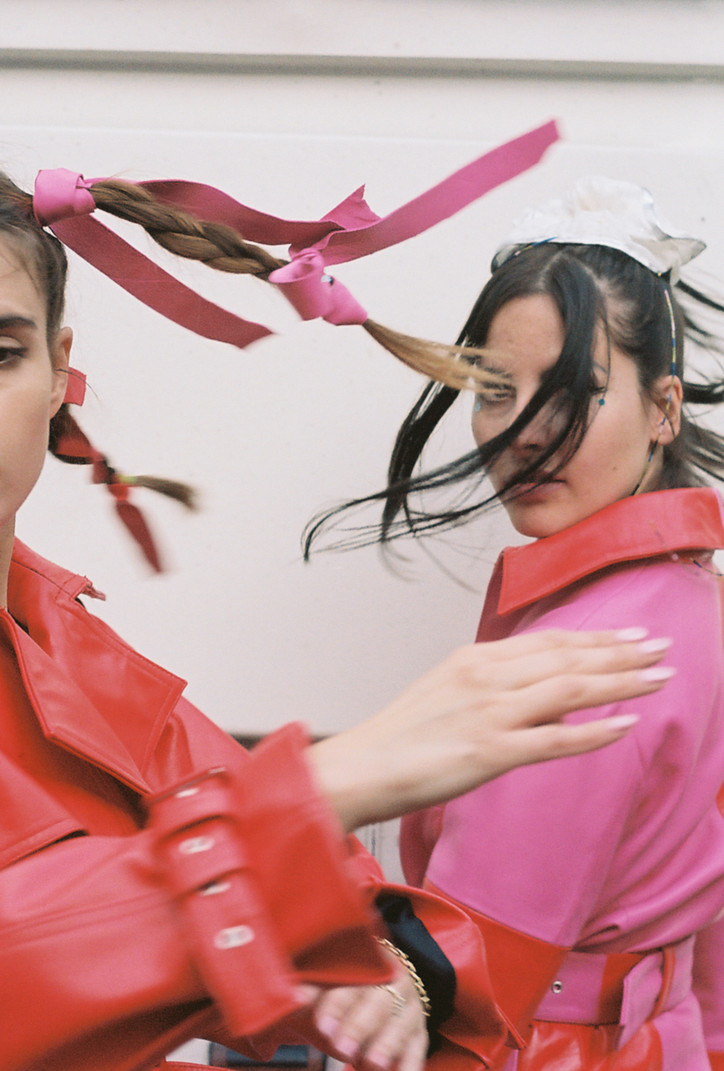
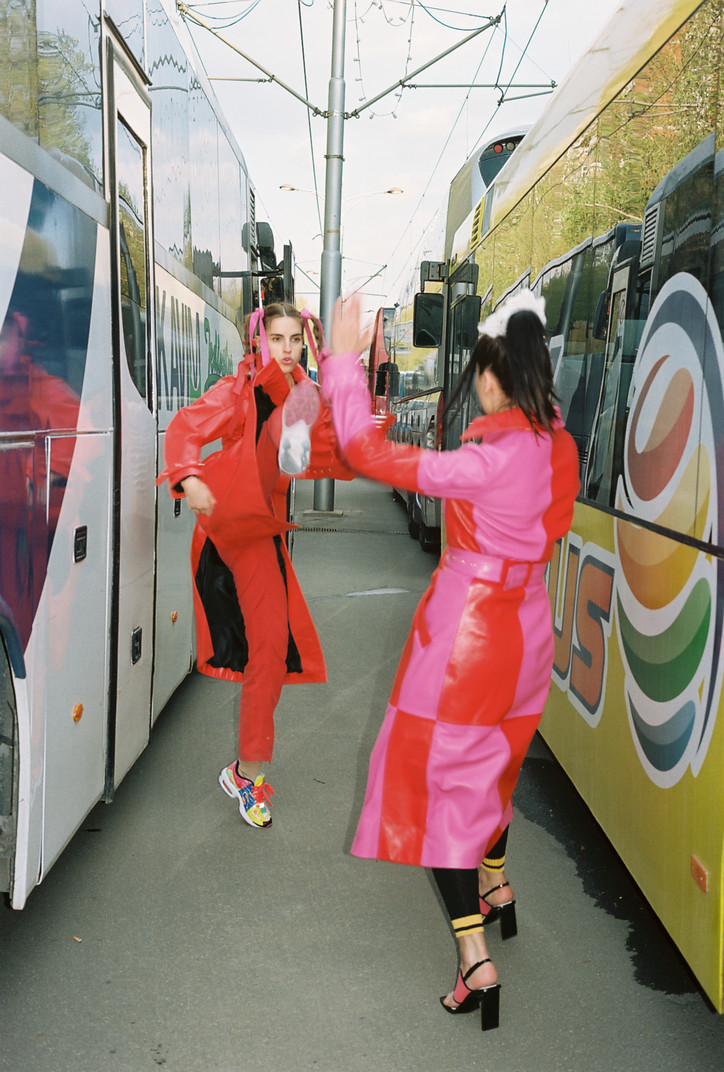
KS On a large scale, fashion is a huge industry that draws inspiration from any unexploited so-called "exotic" areas and turns it into products. On a small, intimate scale, dressing up and everything around it, I see as a multi-layered channel of communication. The endless amount of combinations of information and misinformation that we provide about ourselves through our style I find to be super exciting. I very much appreciate designers who create out of his or her awareness of these two aspects and operate responsibly within the zone in between. As a photographer I often see fashion as some sort of a very intimate shelter inhabited by the individuals that I photograph. In this way, even fashion photography turns into a portrait, and I enjoy that.
Describe the characters you play within the spread.
SS Well, I was obsessed with gaming as a kid and I would spend days and hours playing video games, so my female heroes were combat girls like Chan Li from Street Fighter, Katana from Mortal Kombat, Rebecca from Double Dragon—I always joke that most of my childhood I spent as Rebecca.
AK My character was a BJ girl—BJ stands for Brace Jerkovic, my hood in Belgrade—who got her Nike stolen off her feet many times coming home from school in the mid 90’s. She loves motorbikes, burek, basketball, girls, and boys.
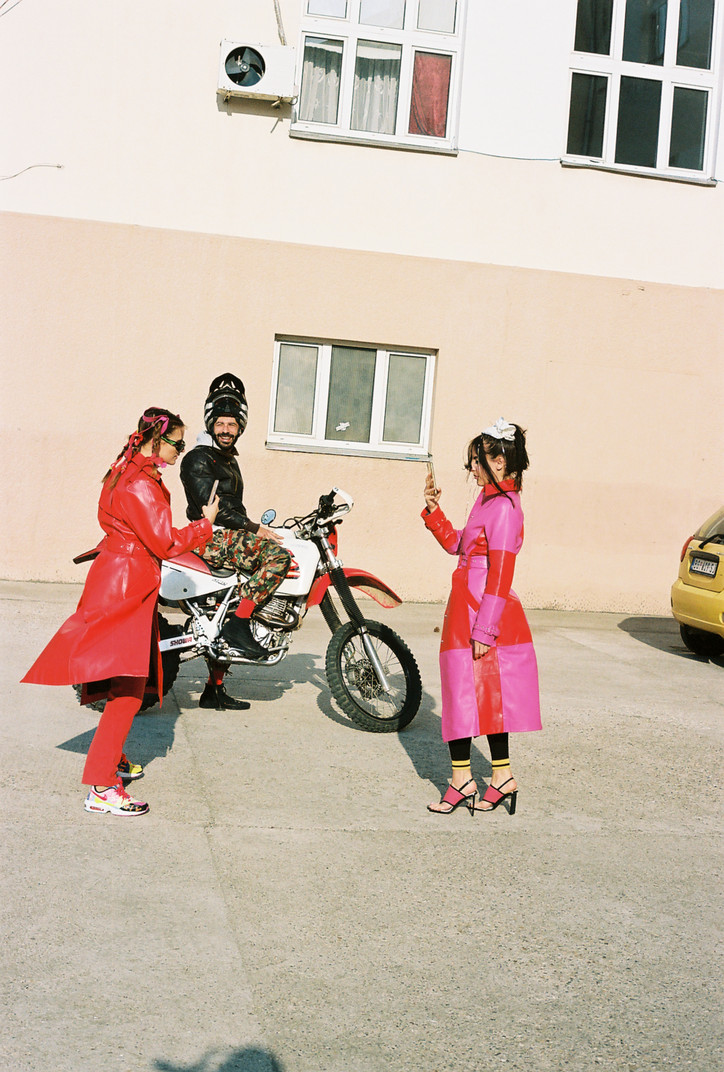

What was the concept and creative philosophy behind the shoot?
SS For me, the idea was to roleplay as your favorite heroin, to go out the streets of Belgrade and just have fun. It was about celebrating the badass female gaming characters who have changed the conventions and dynamic of the world of gaming today—I call them virtual feminists. We're all over 30 as well, so the shoot was also about demonstrating that you can still have fun in the same way you did when you were a kid.
KS Sanda was into nineties video games and Ana had this obsession with motorbikes. The palette and fabrics of Jovana’s garments made these two themes come together easily.
What does it mean to be able to create with friends who share your heritage? What riole does this kinship and shared heritage play within the shoot?
AK There is just this way about our friendship that I've never found anywhere else in the world. It's very natural, very close-feeling, very instant—there are no walls in between. There's this deep, familiar feeling because we share all of these particular references, as we all grew up in a very specific moment of this country's history. Katarina is one of my oldest and closest friends—we basically don't have to talk, we just know. Living far away and using a language that I learned to speak as an adult is a daily compromise as well as an acceptance of the fact that no one will ever really know the real me, with all the subtitles that can't be translated to English. With my Serbian friends, I feel 100% myself in the most natural, easy-going way. There's an ease, a transparency and fun that I cannot get anywhere else, like as if nothing ever gets lost in translation.
KS It gives the flow, we laugh so much. It means a lot to be able to read gestures and thoughts without saying anything. Most of us live elsewhere, and these moments where no translation processes are involved are so rare, so pure, so beautiful.

